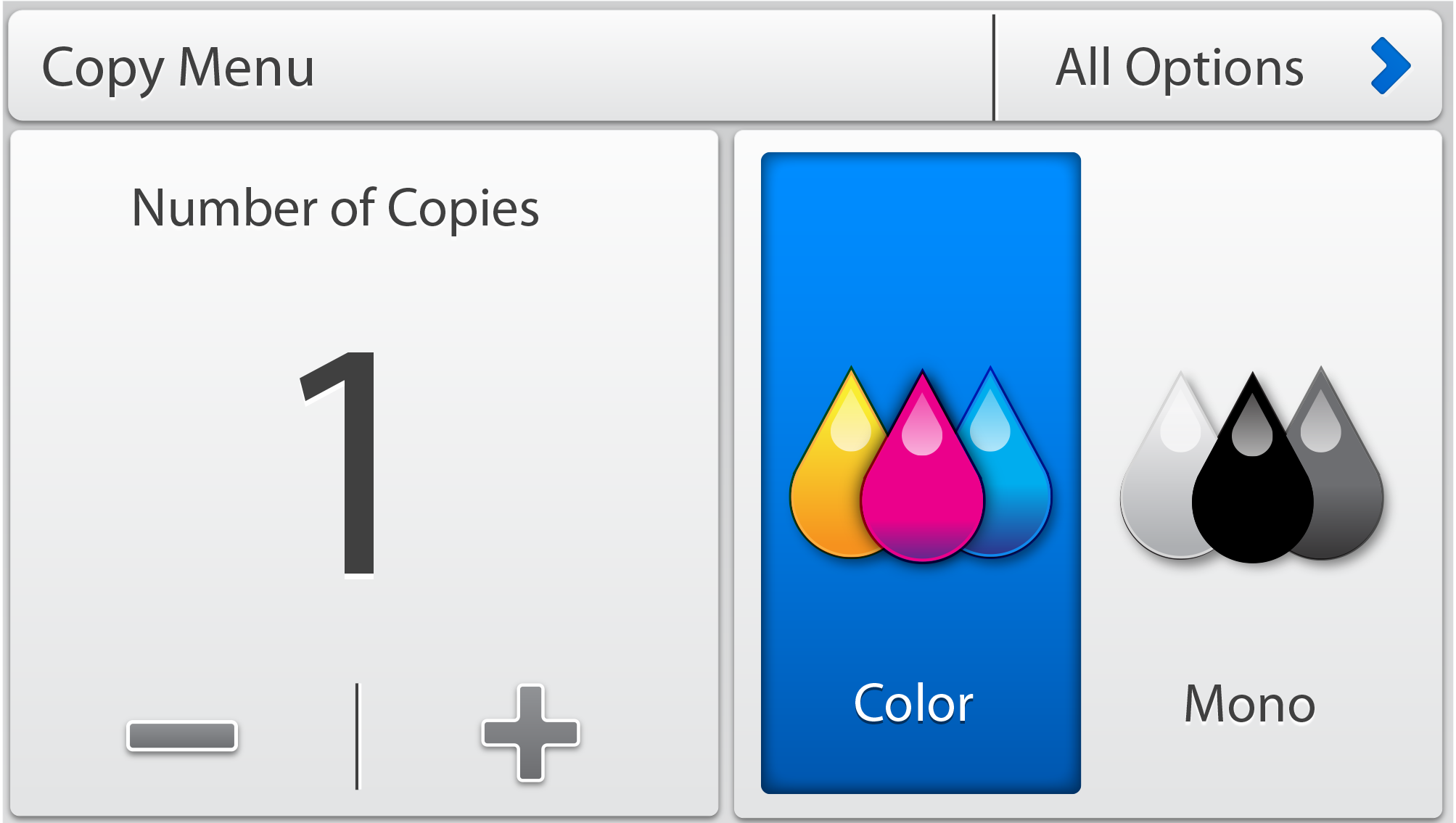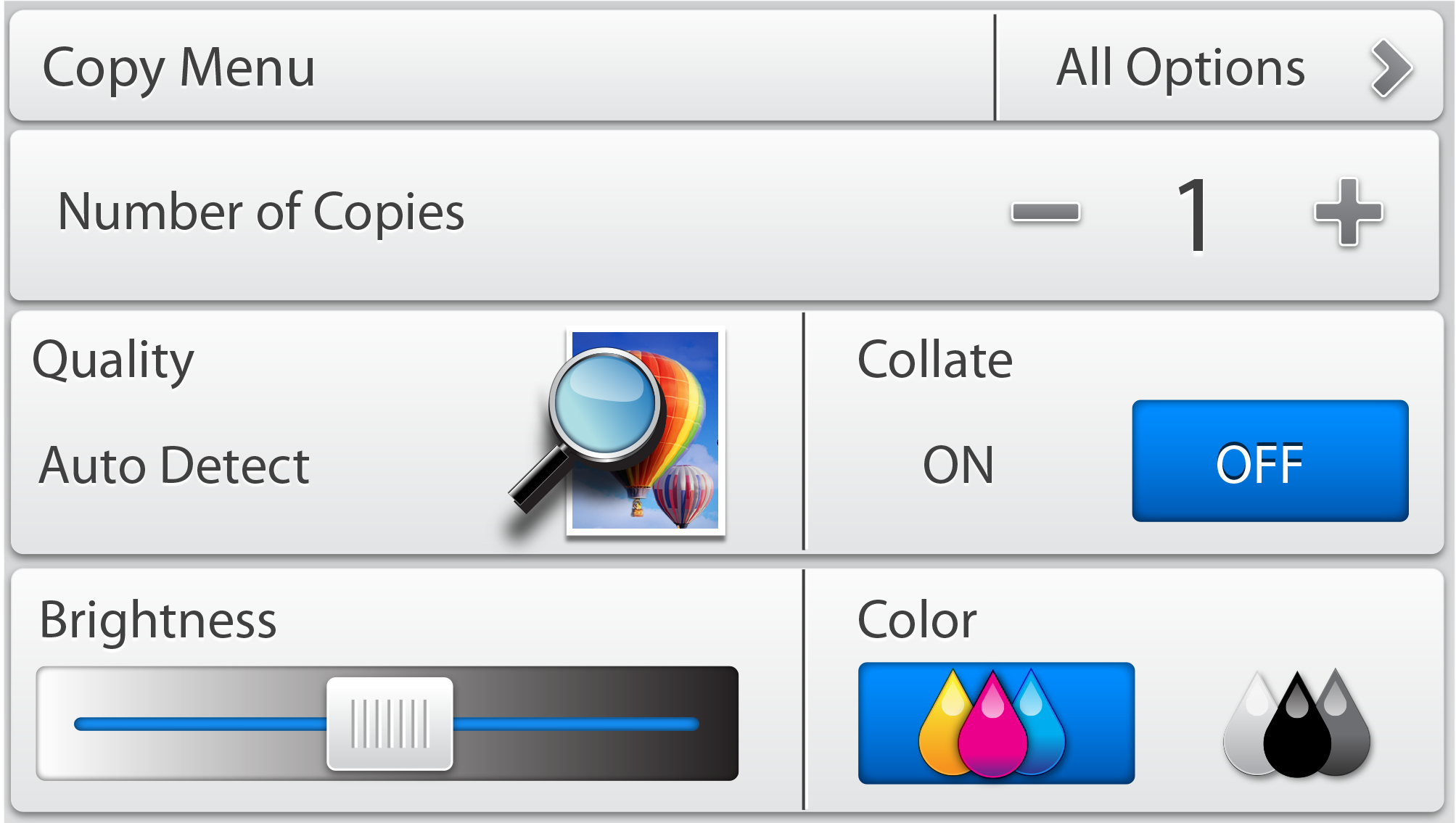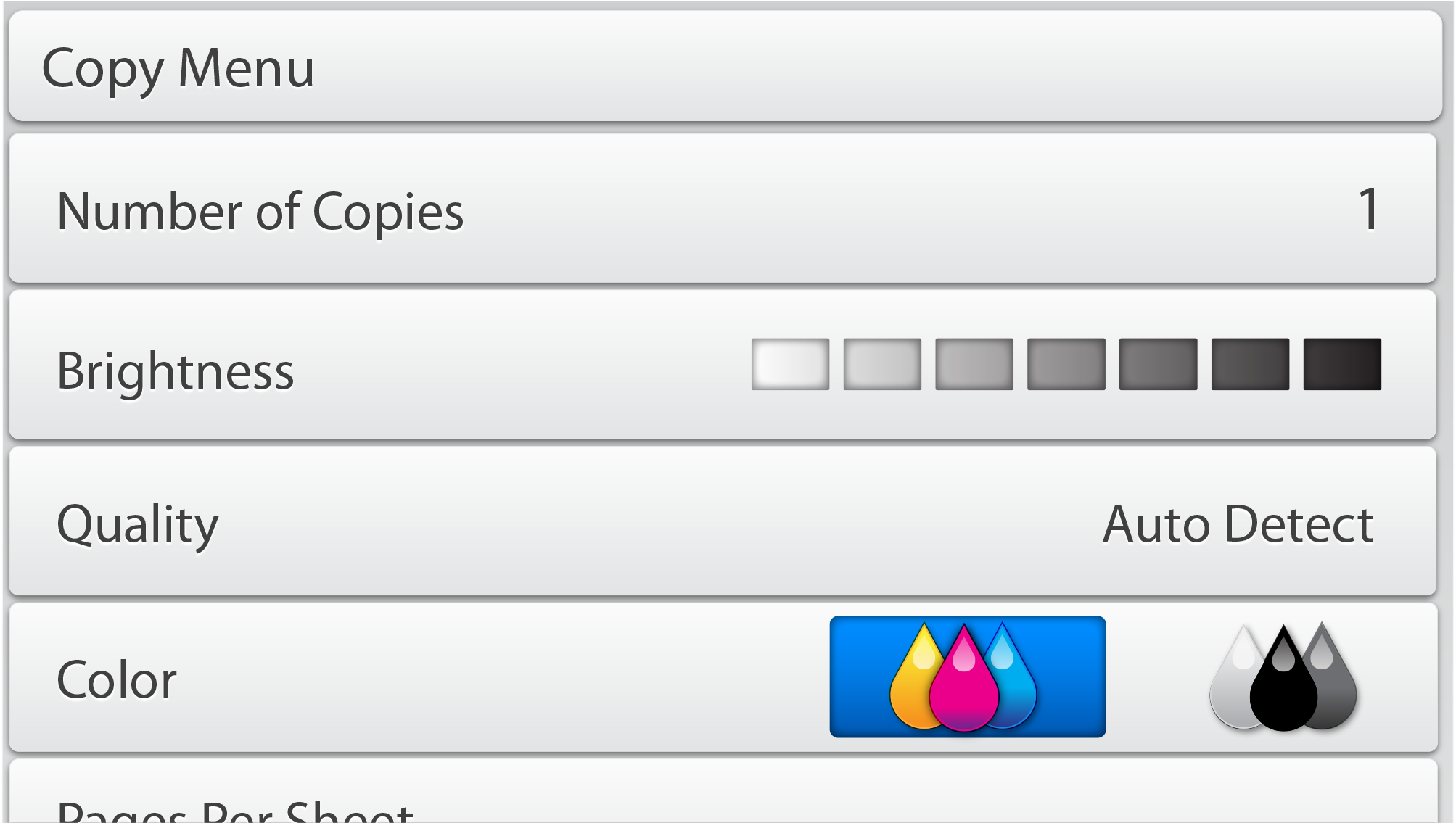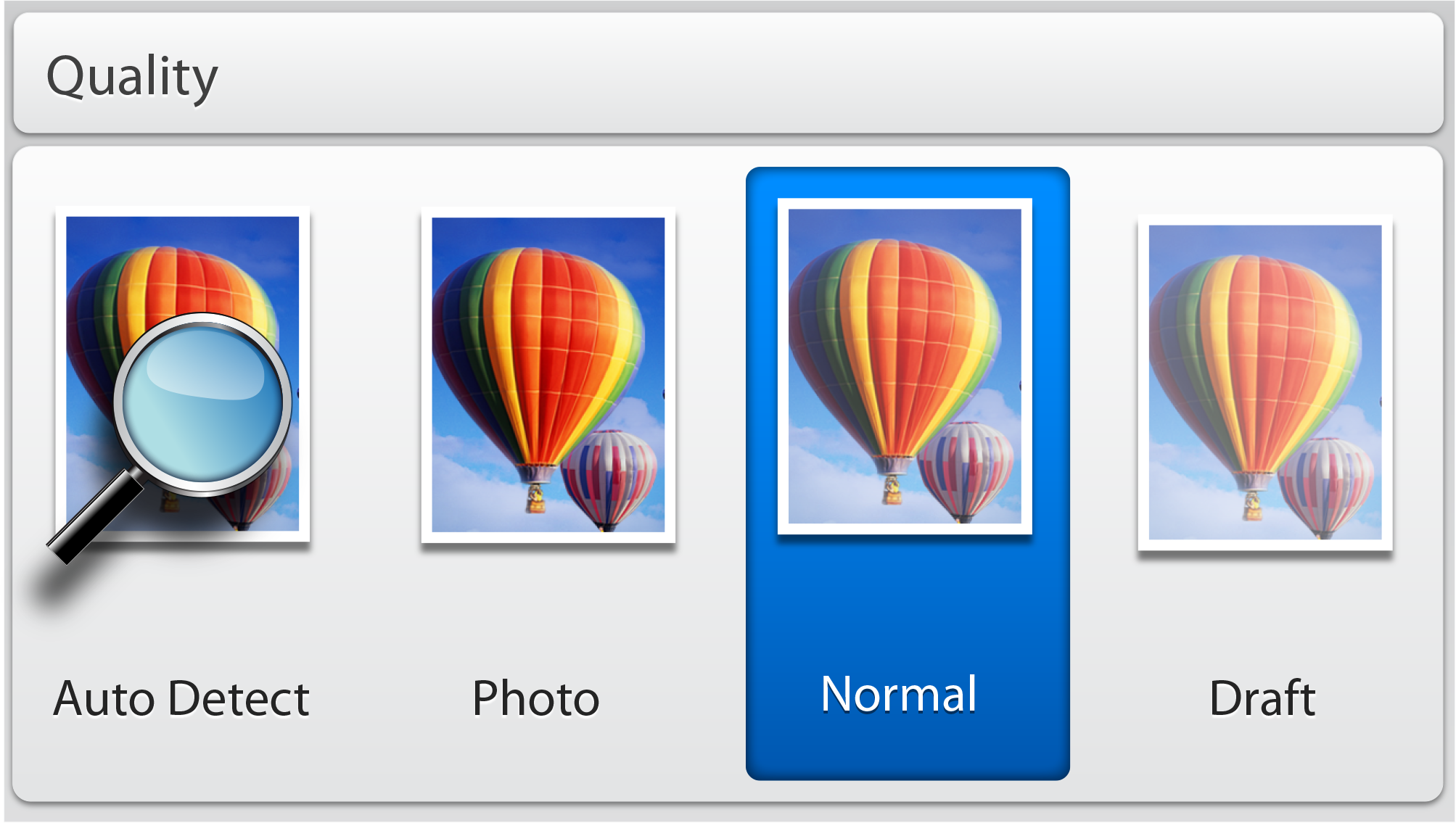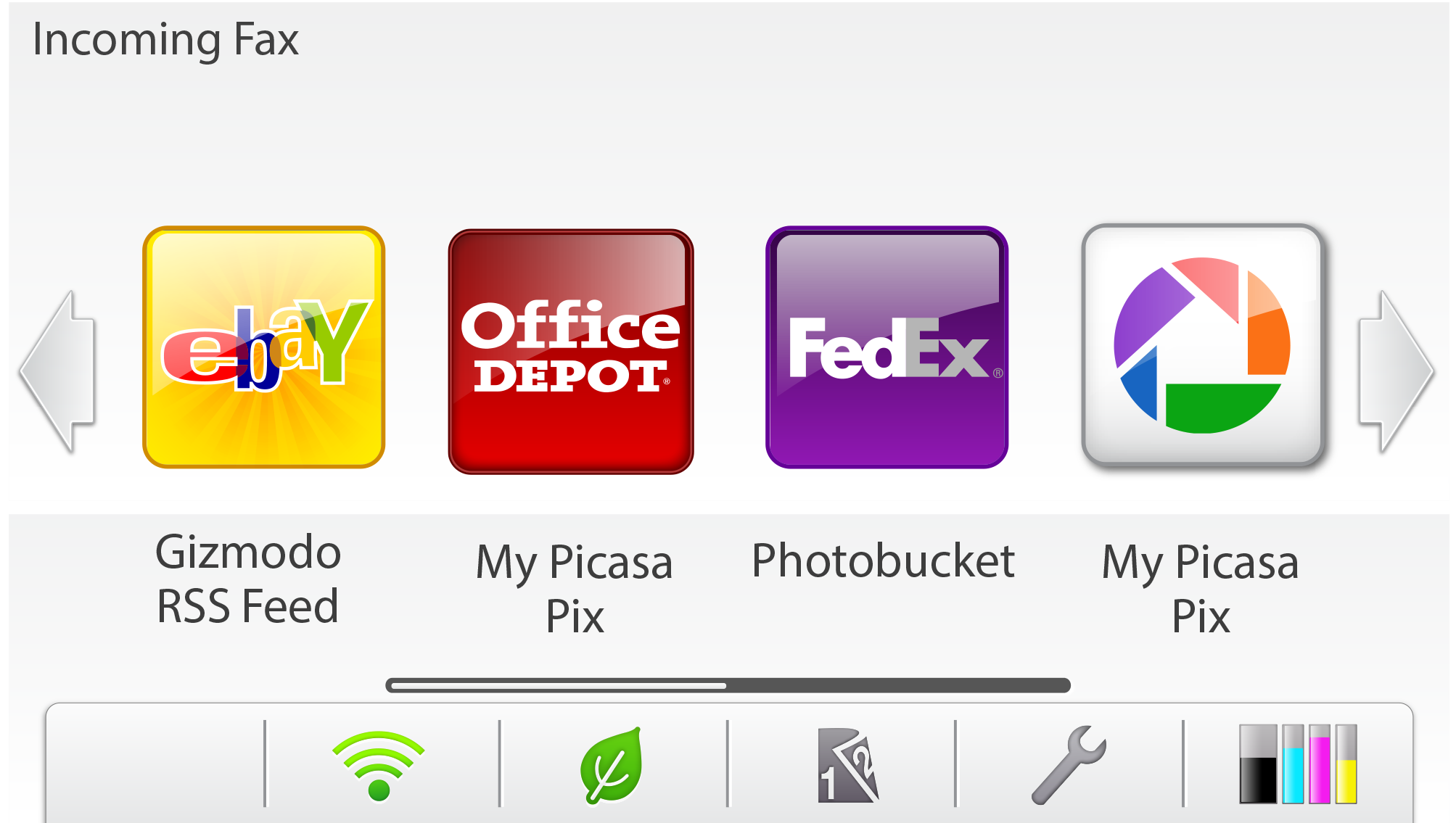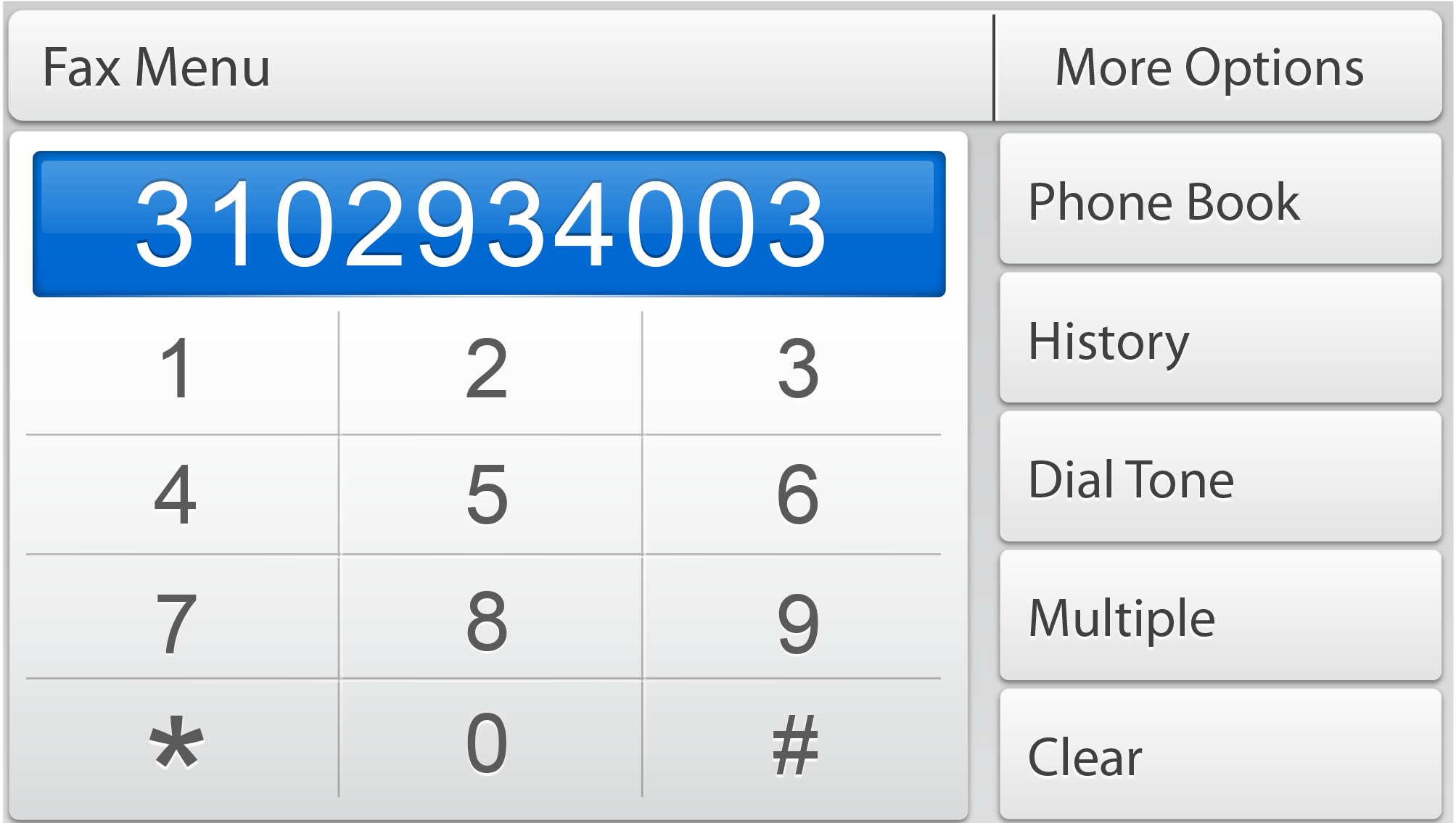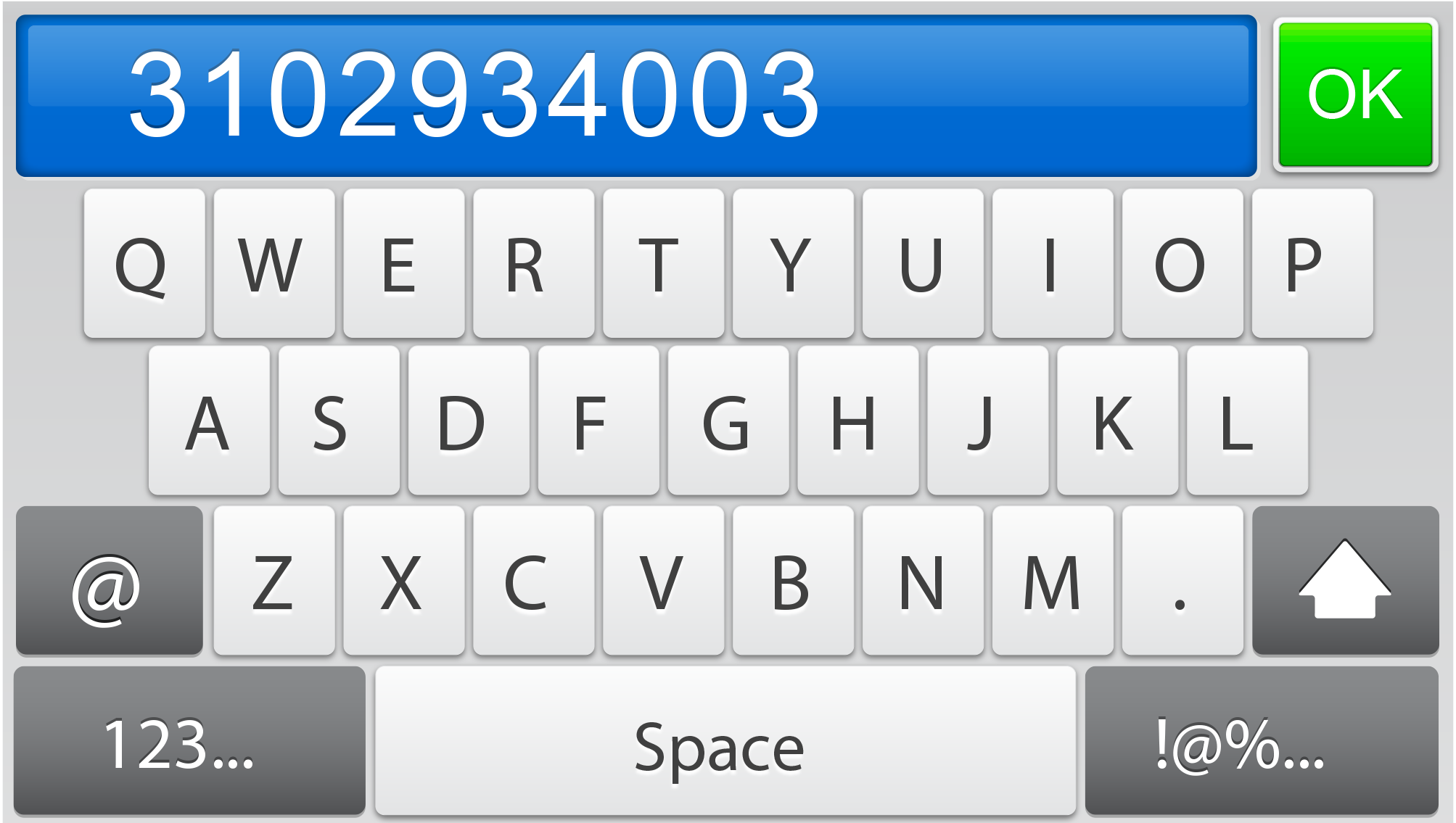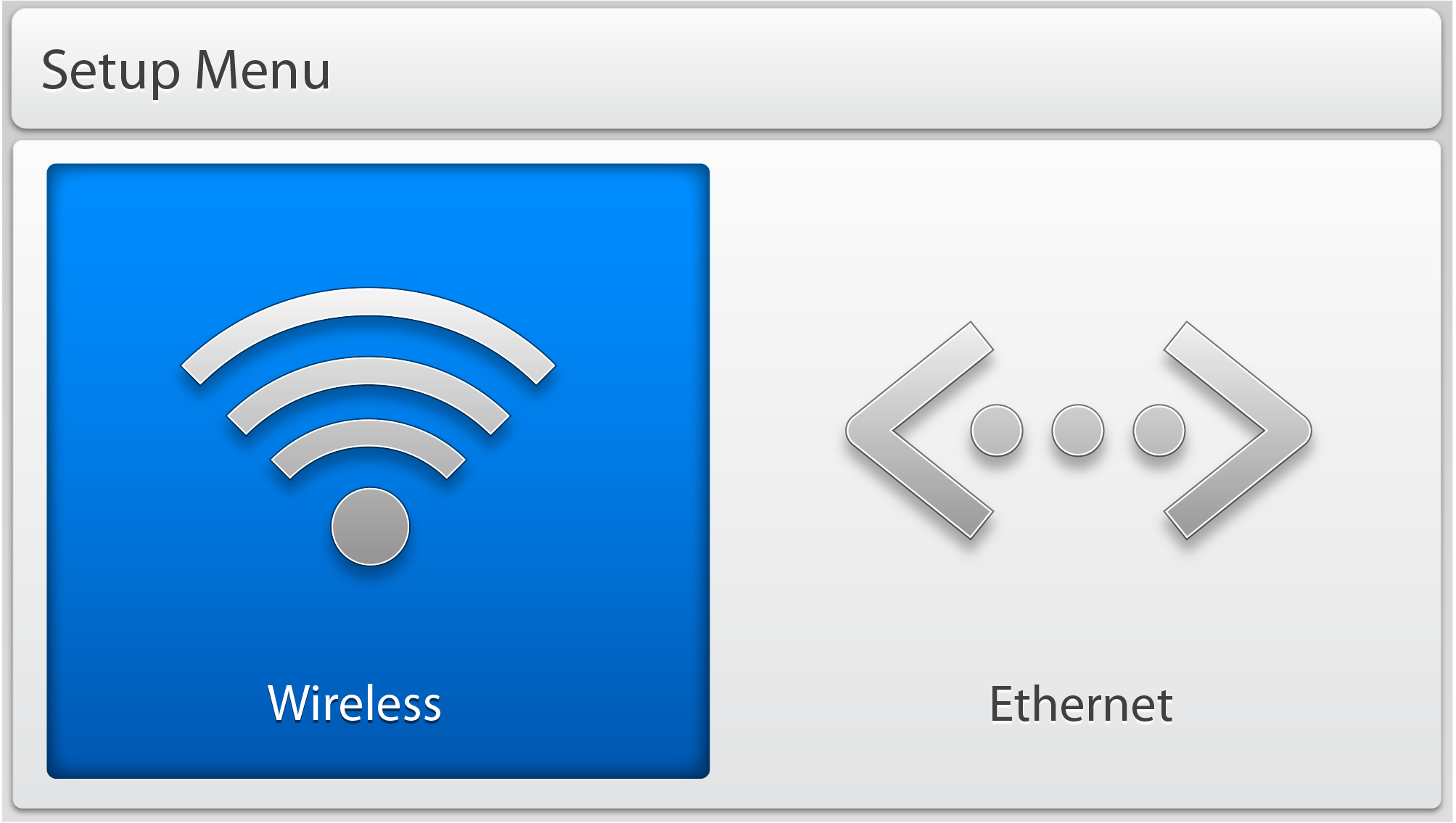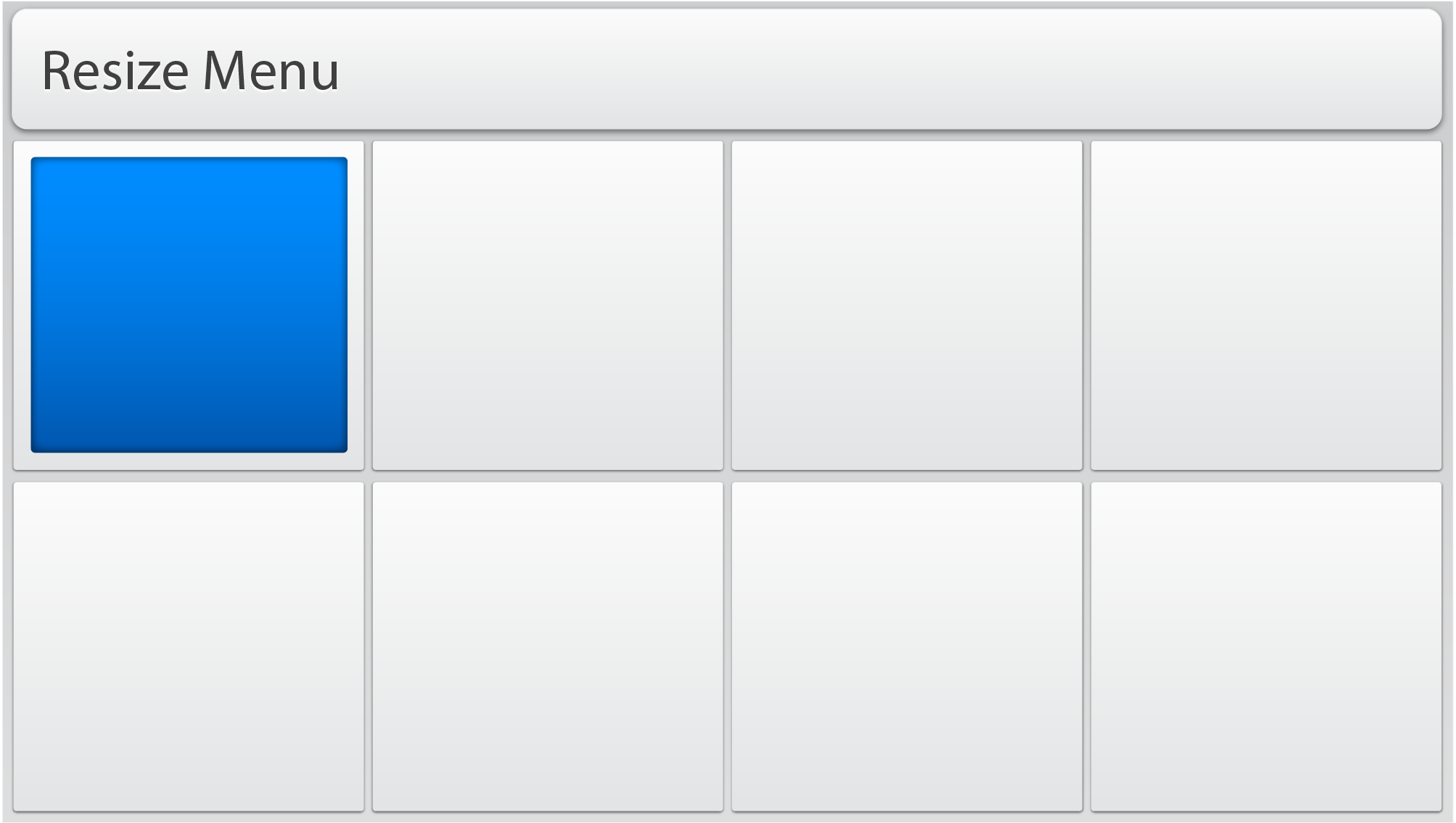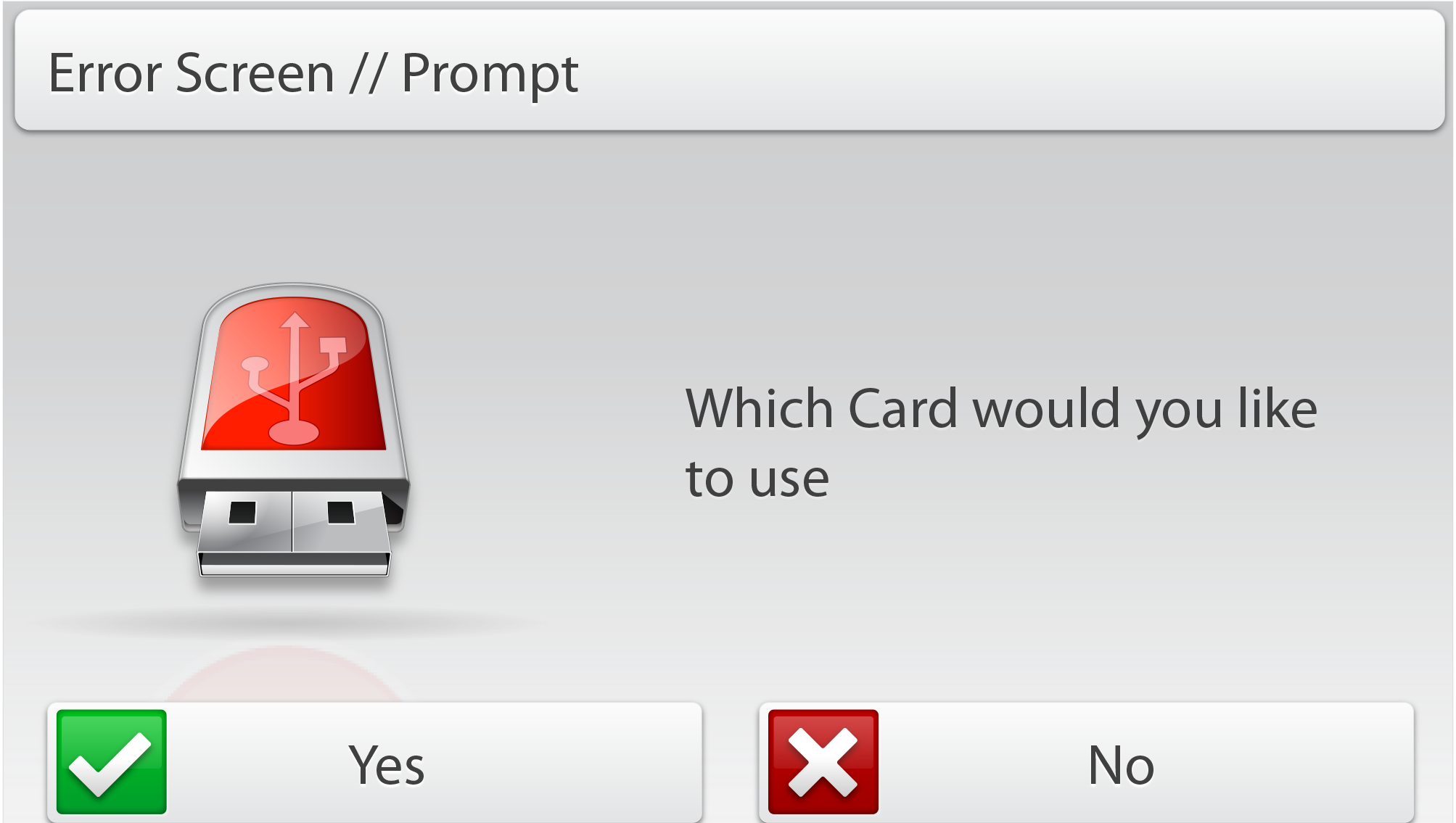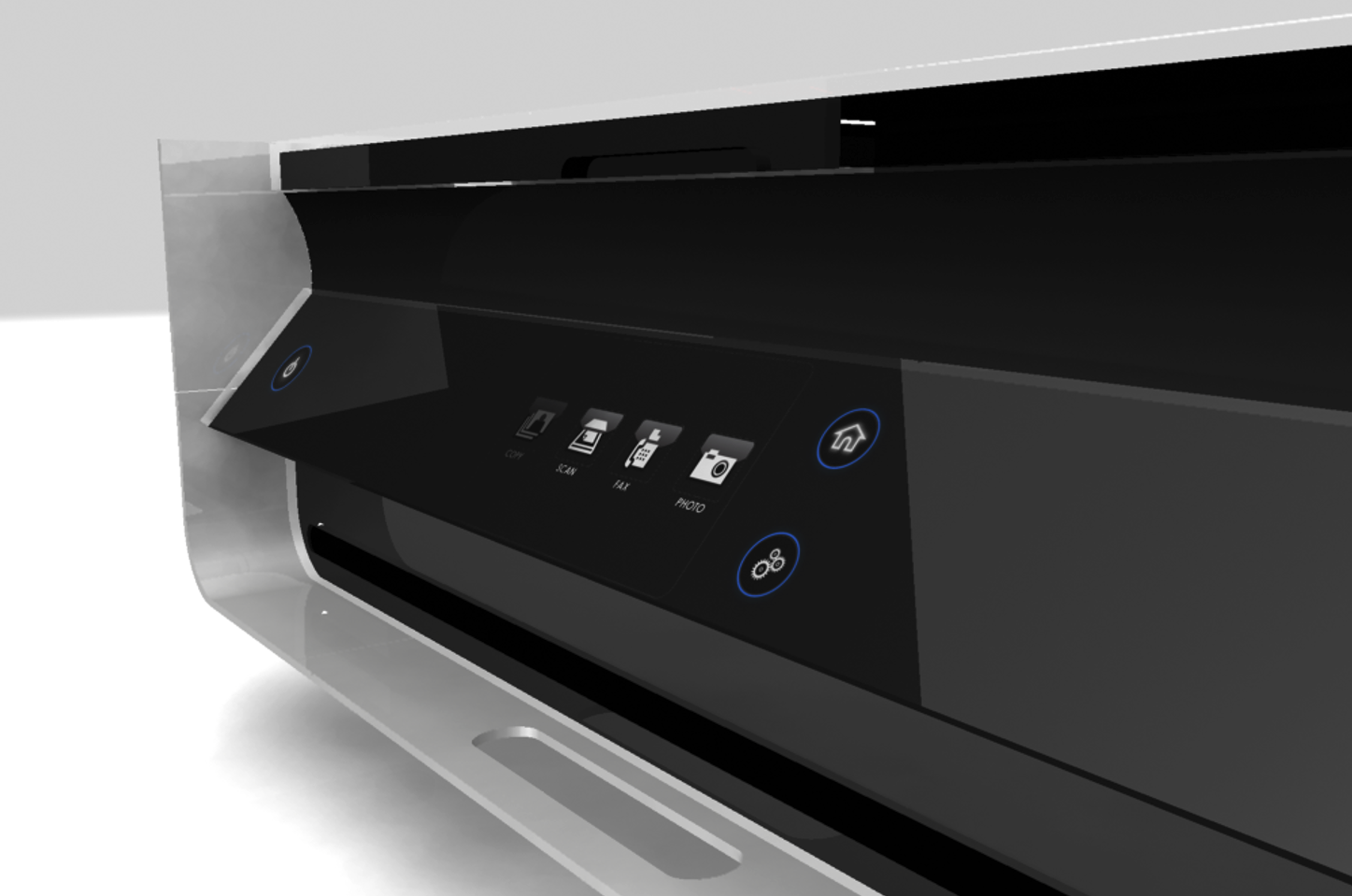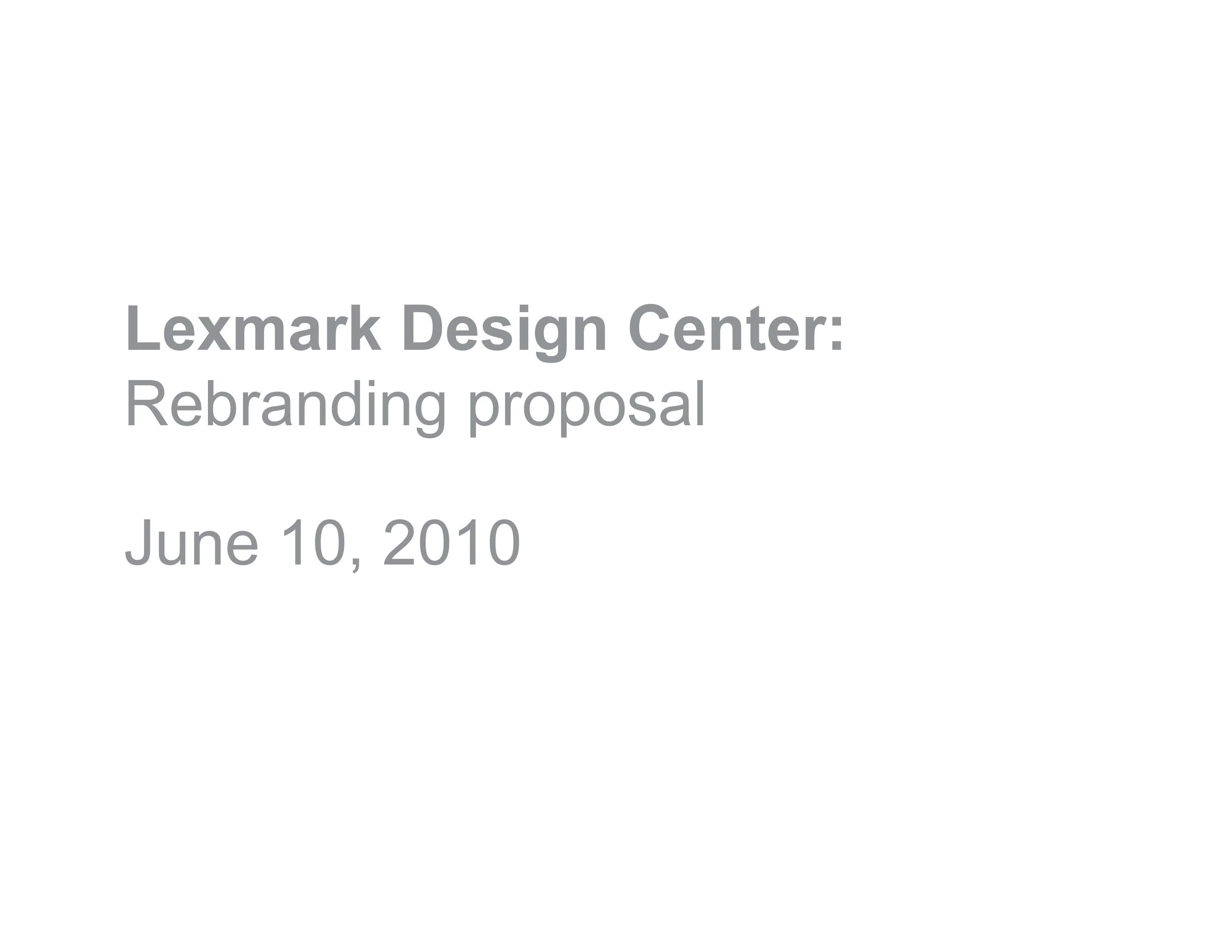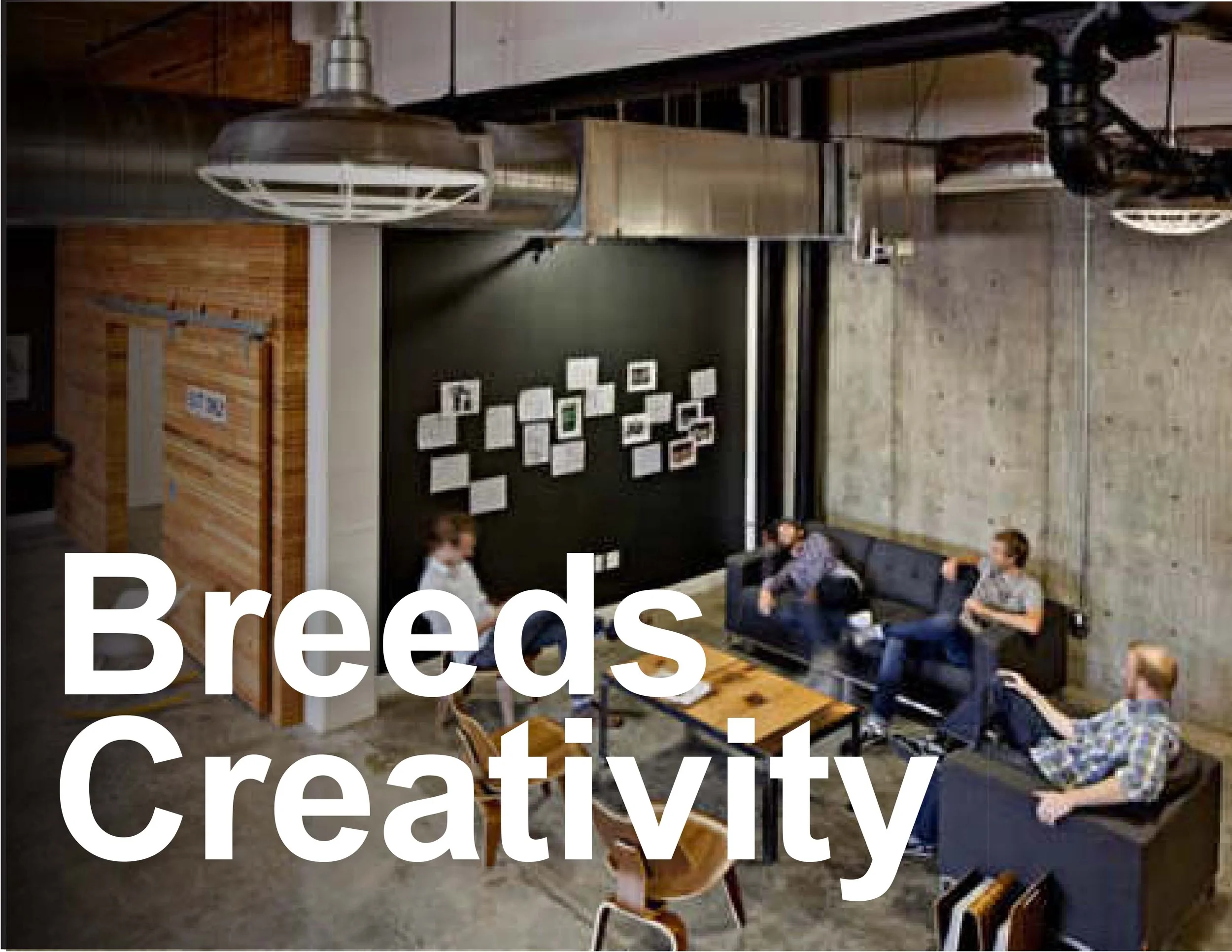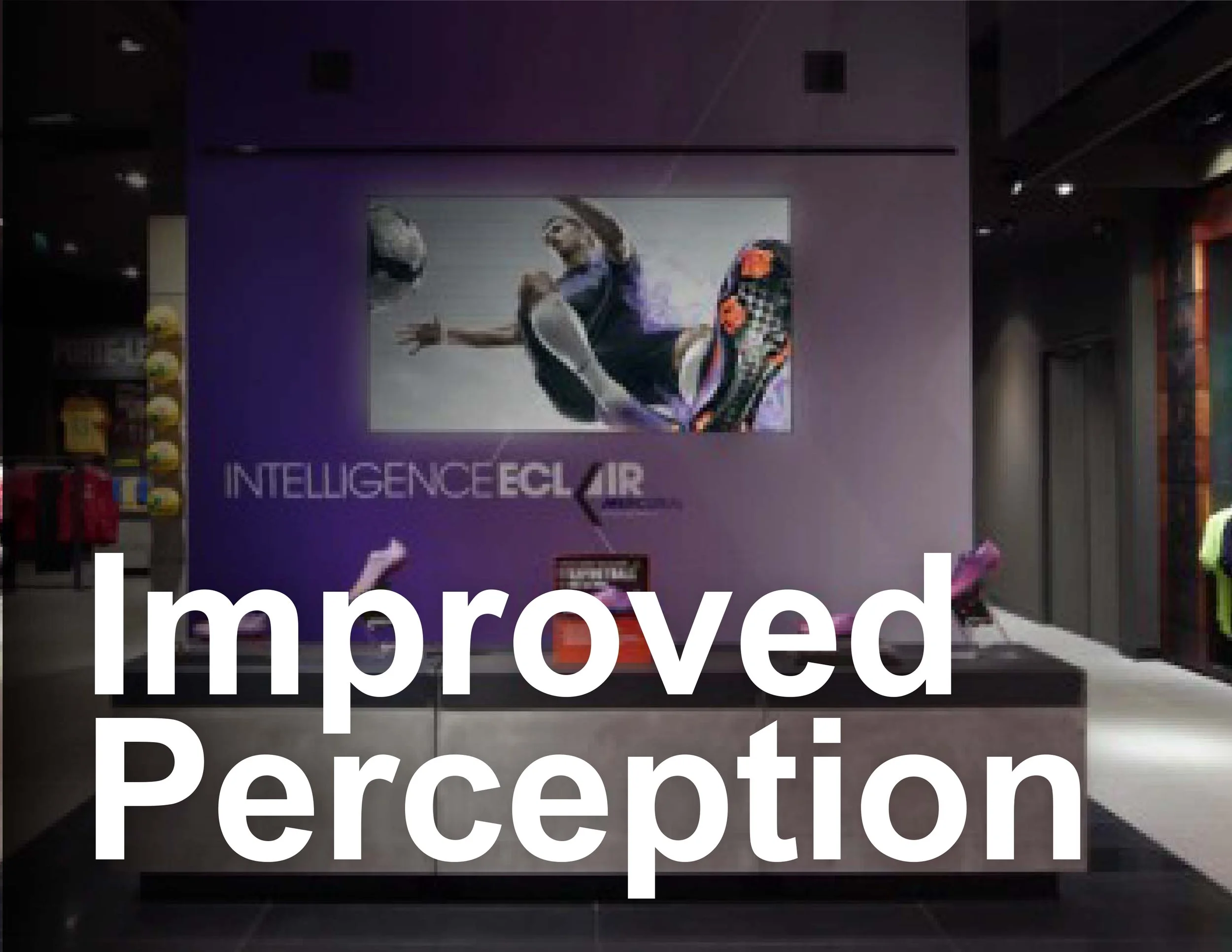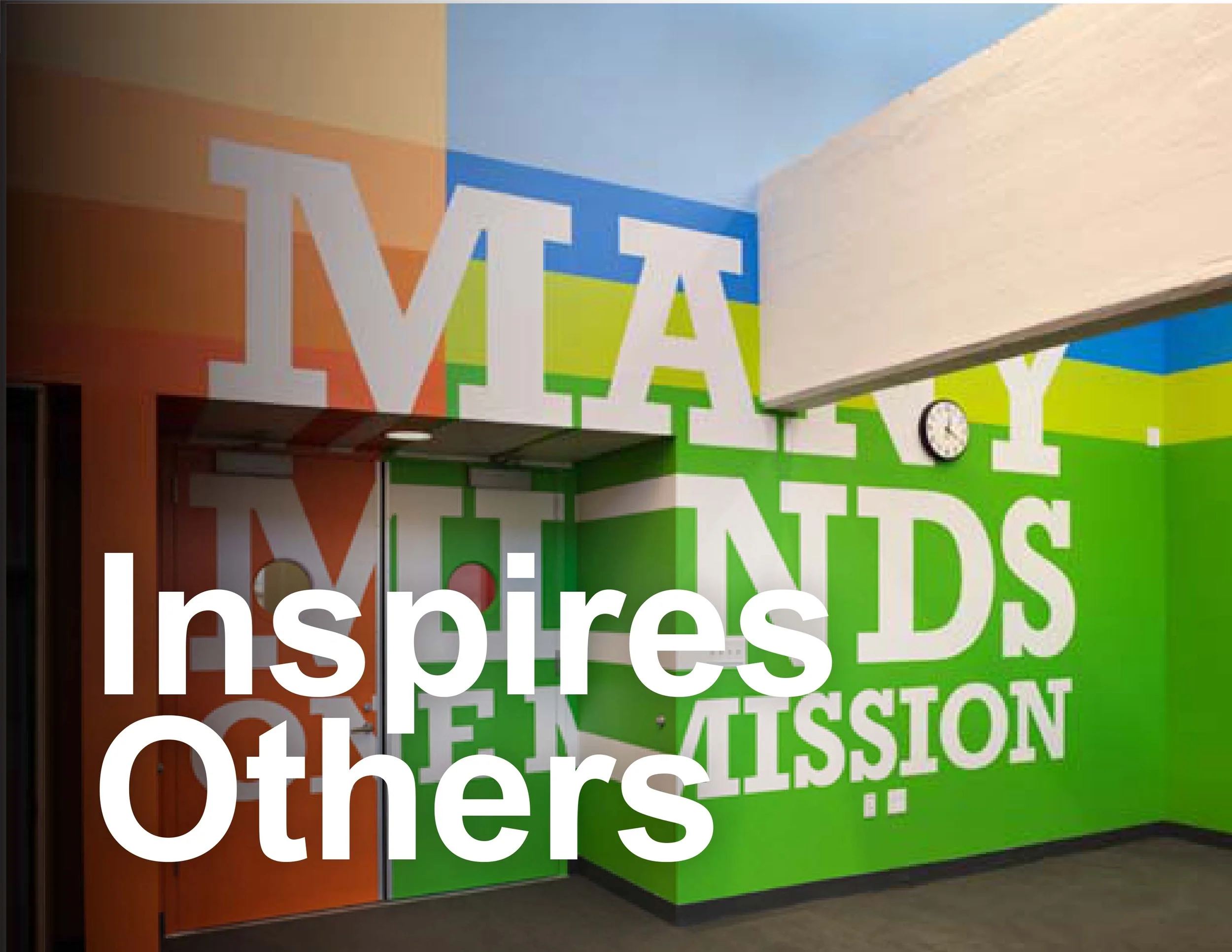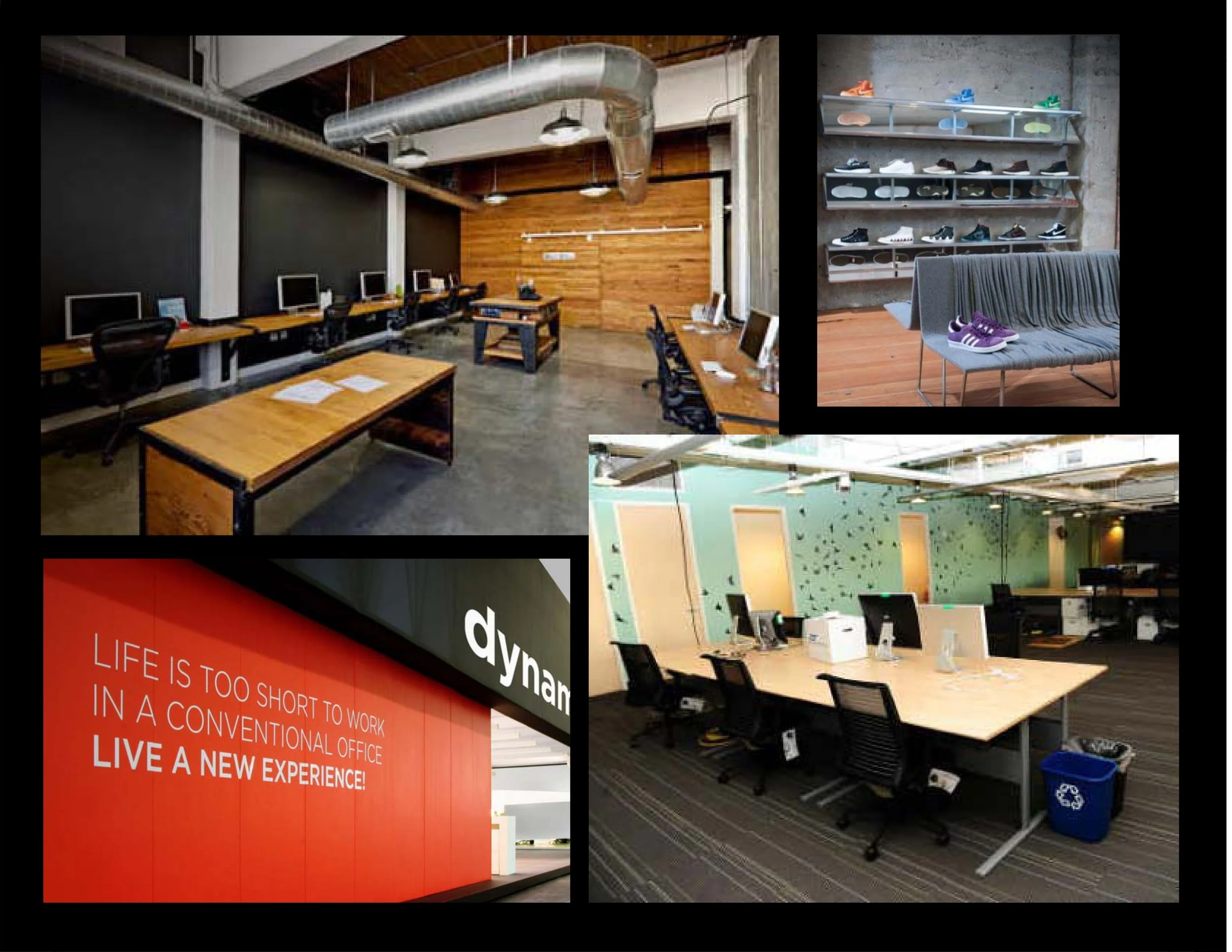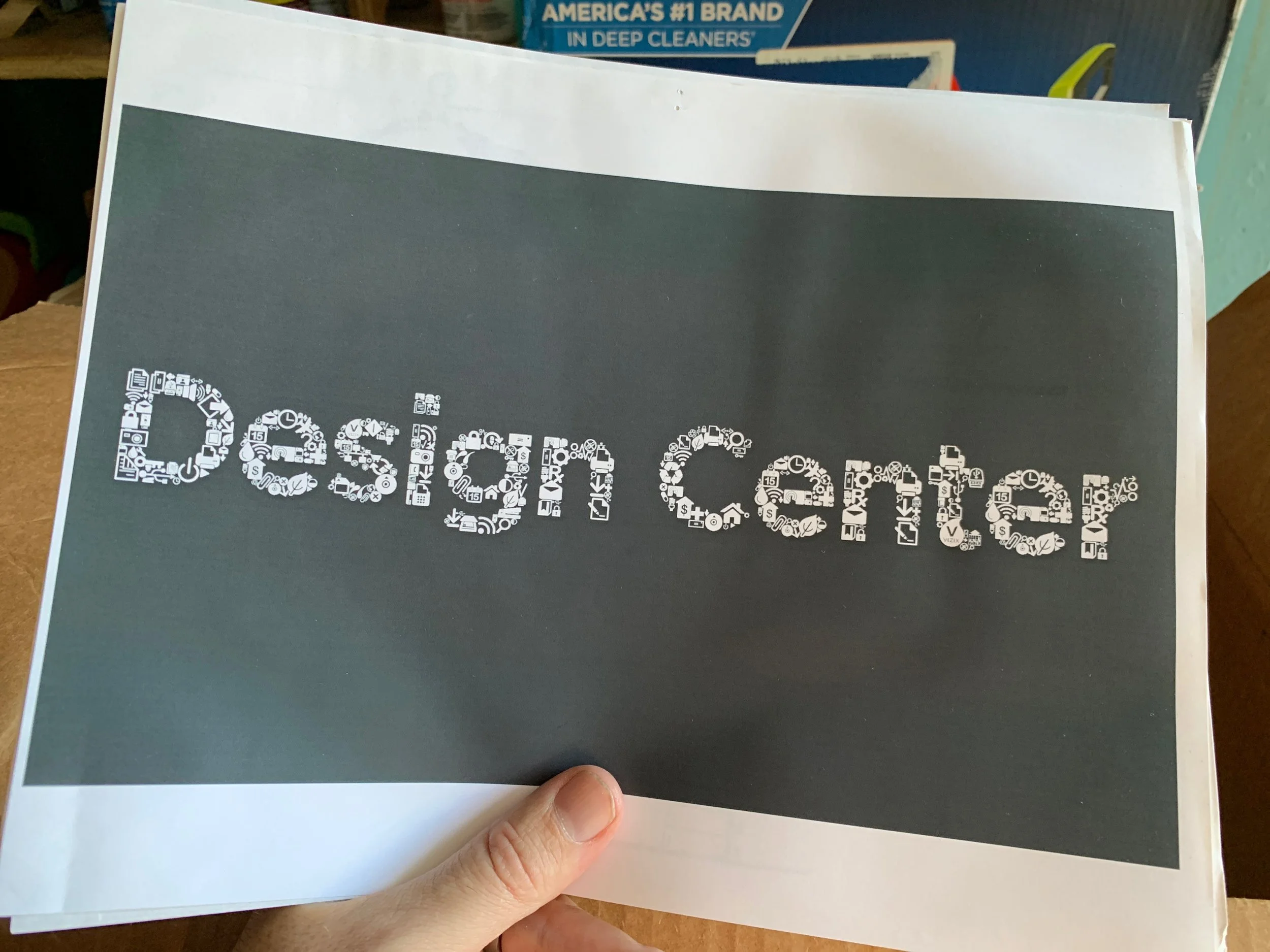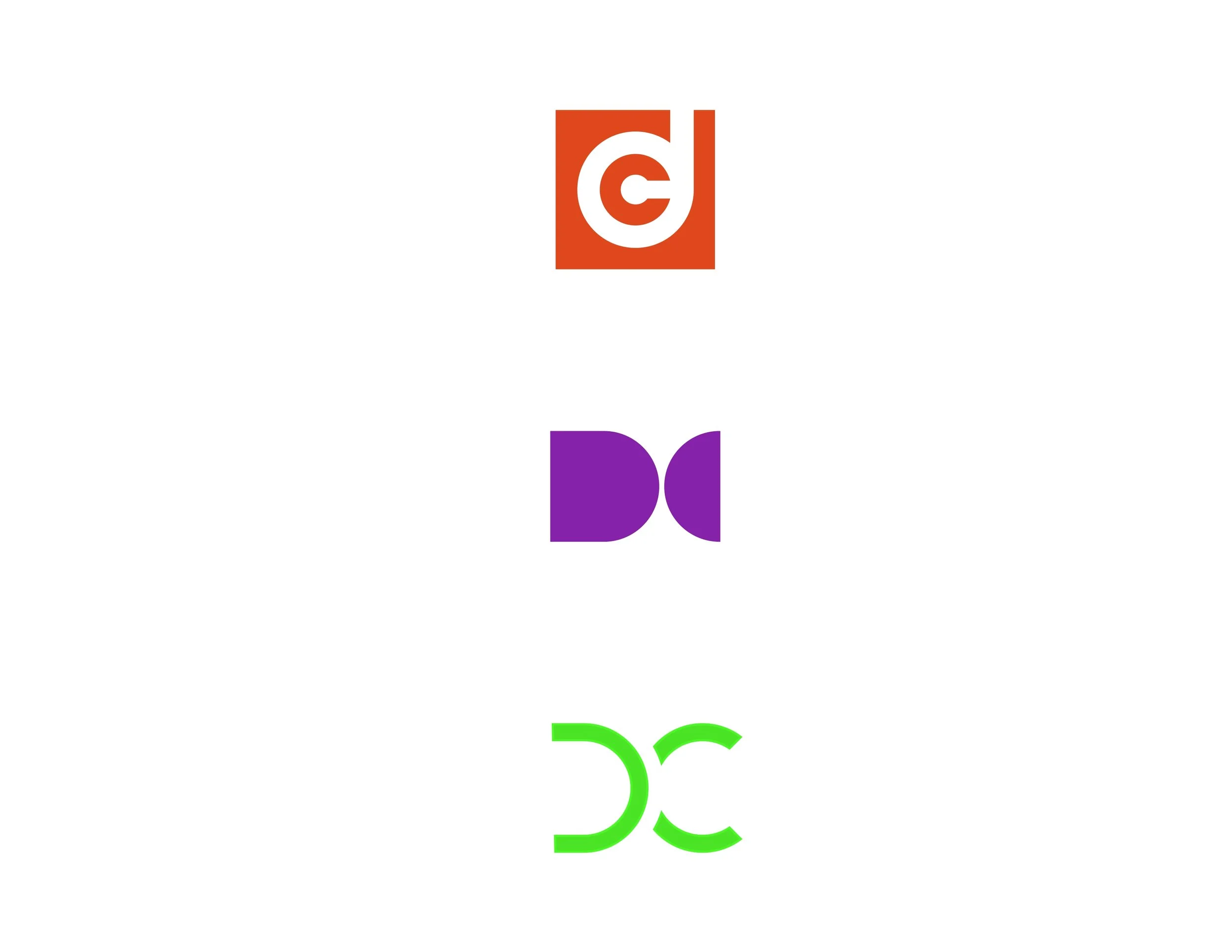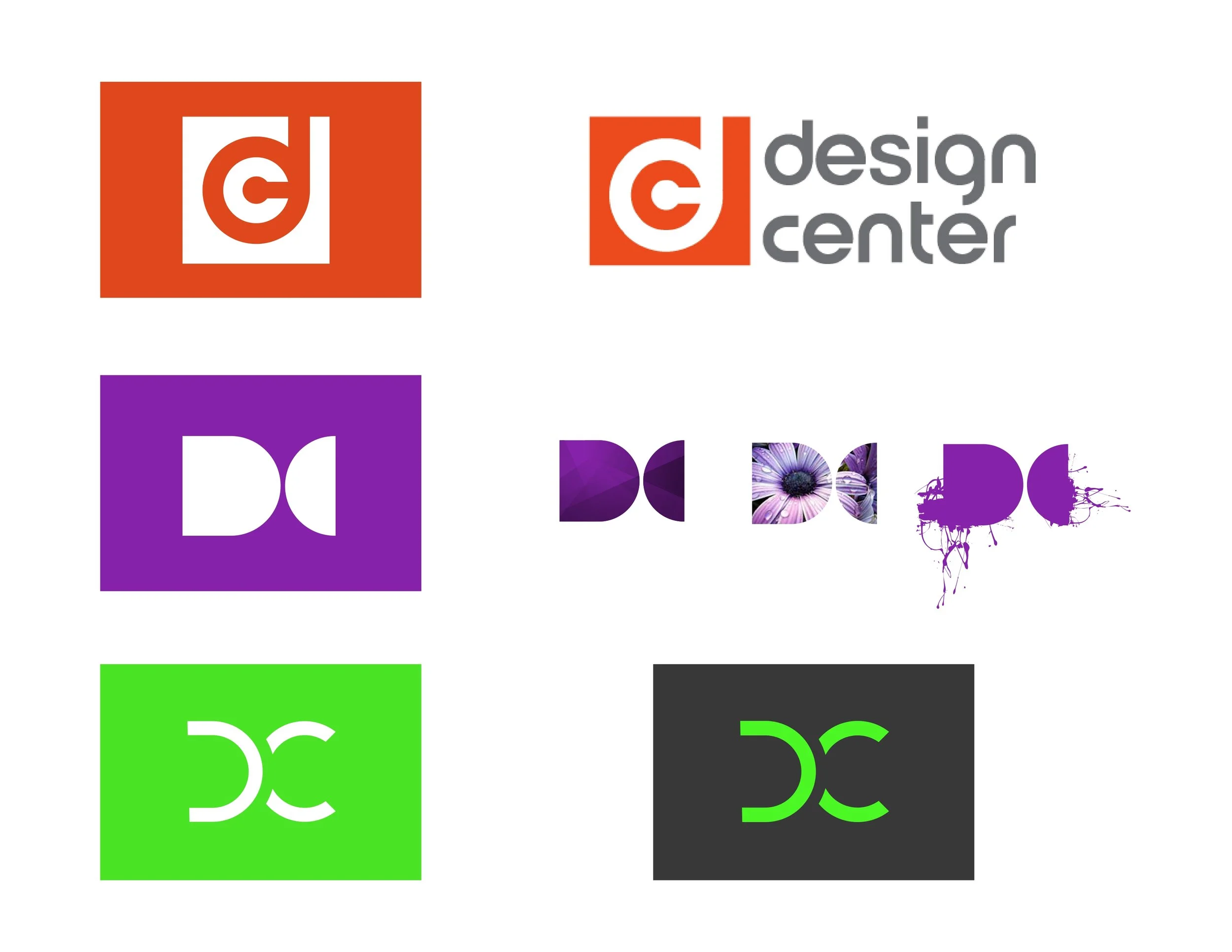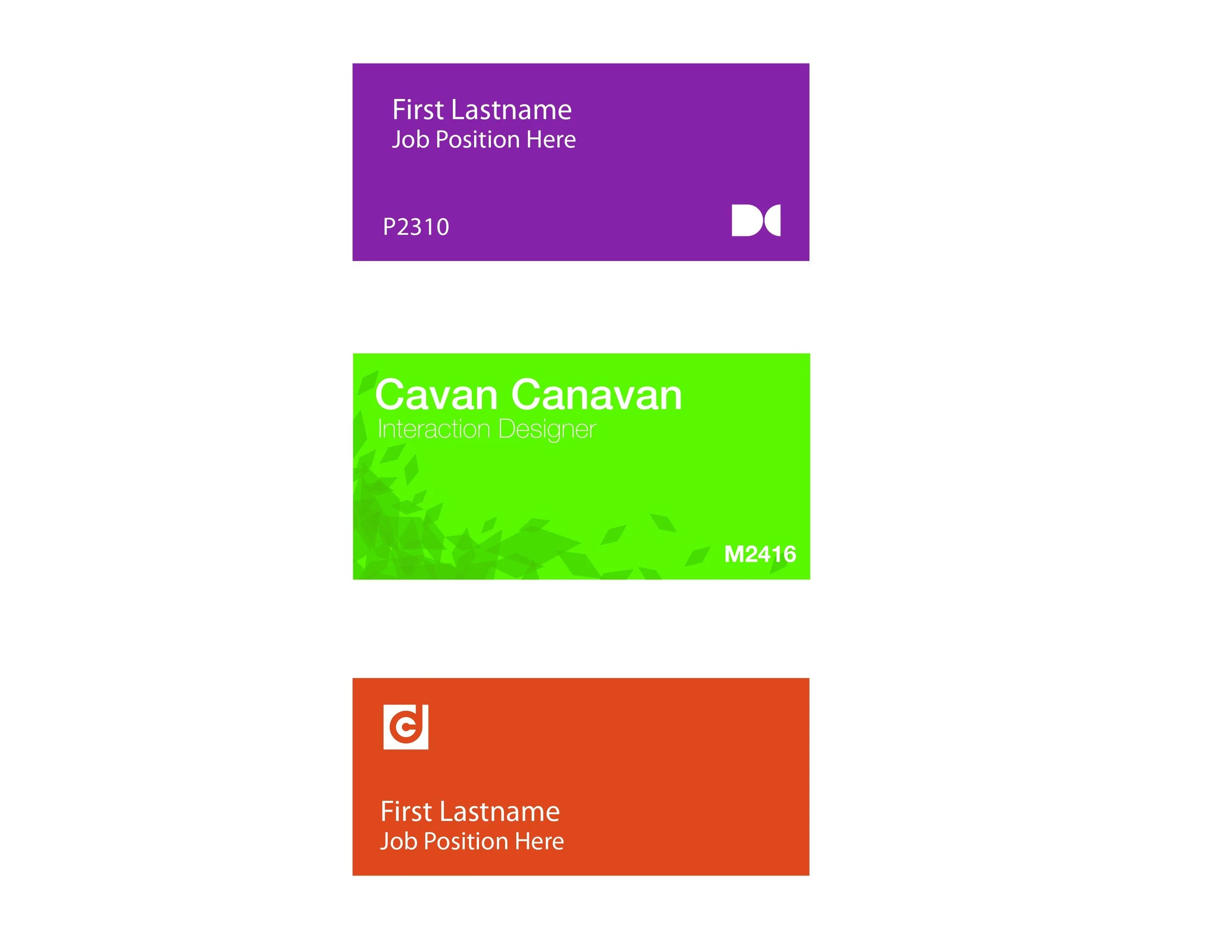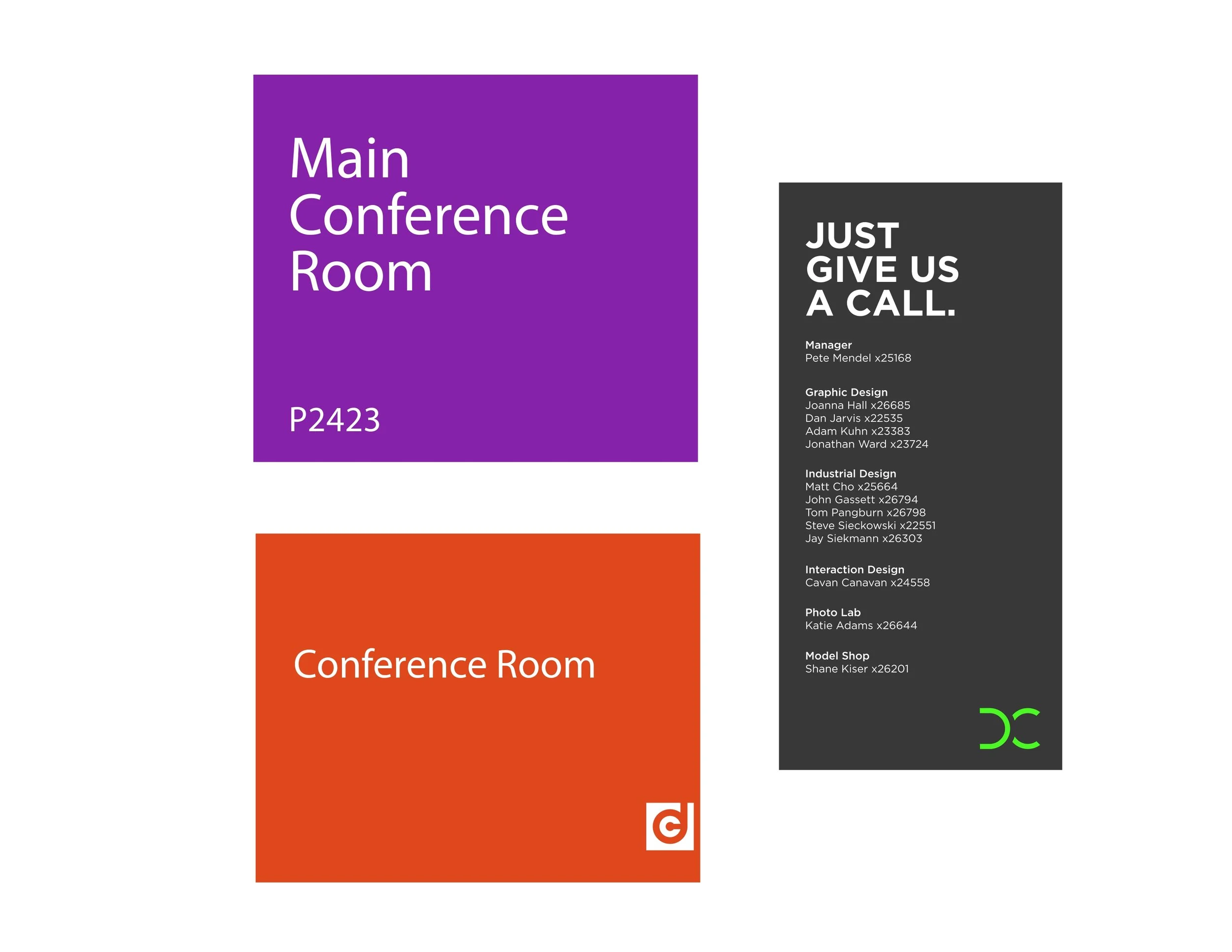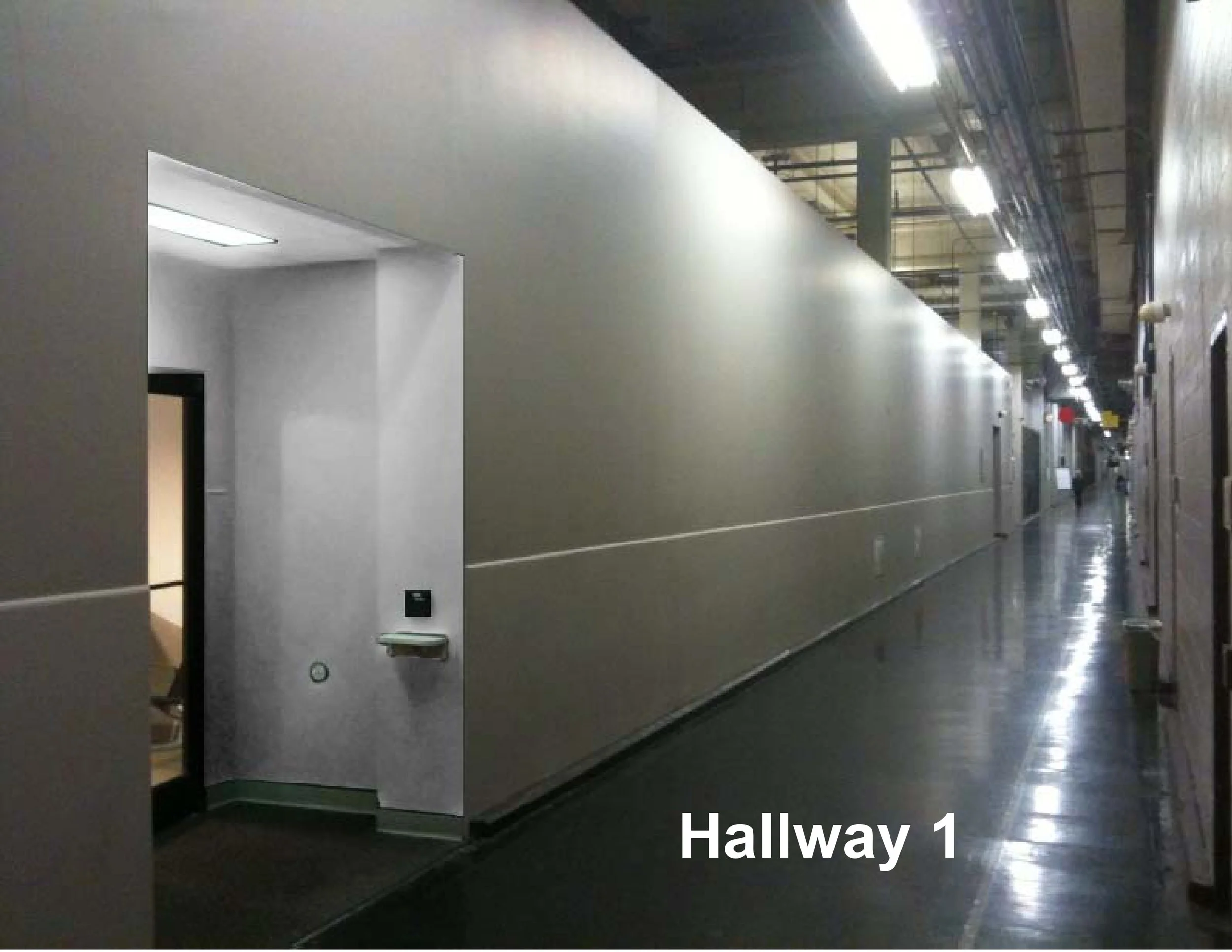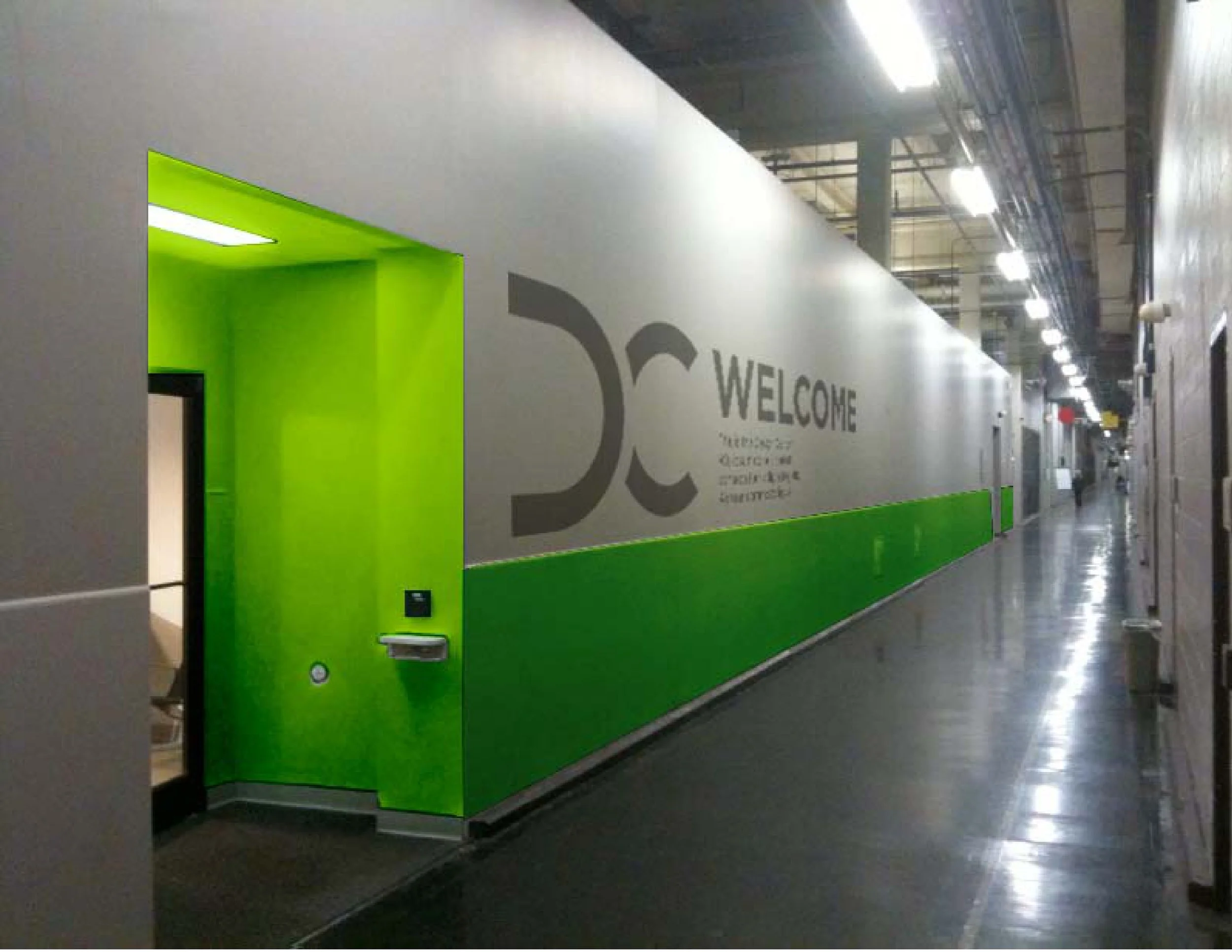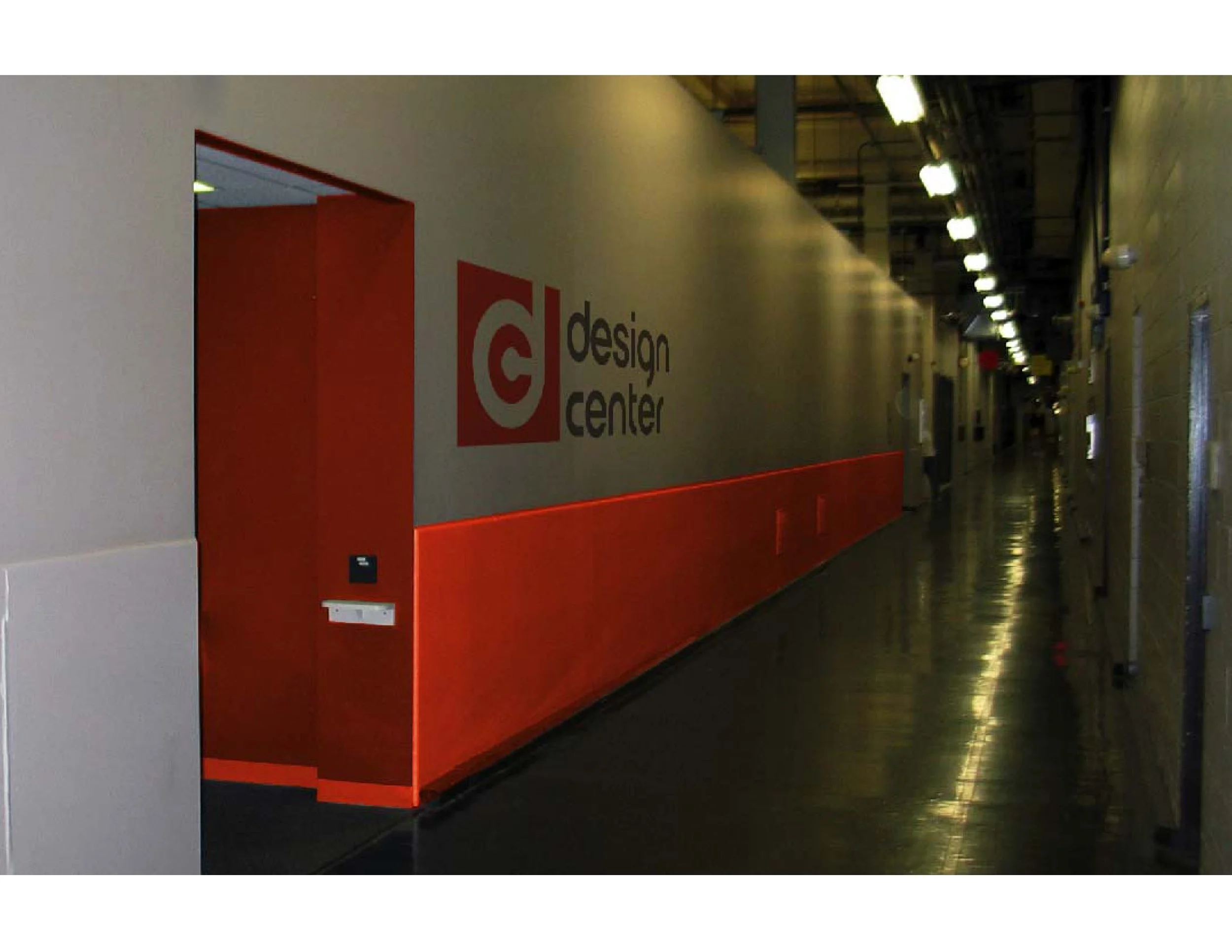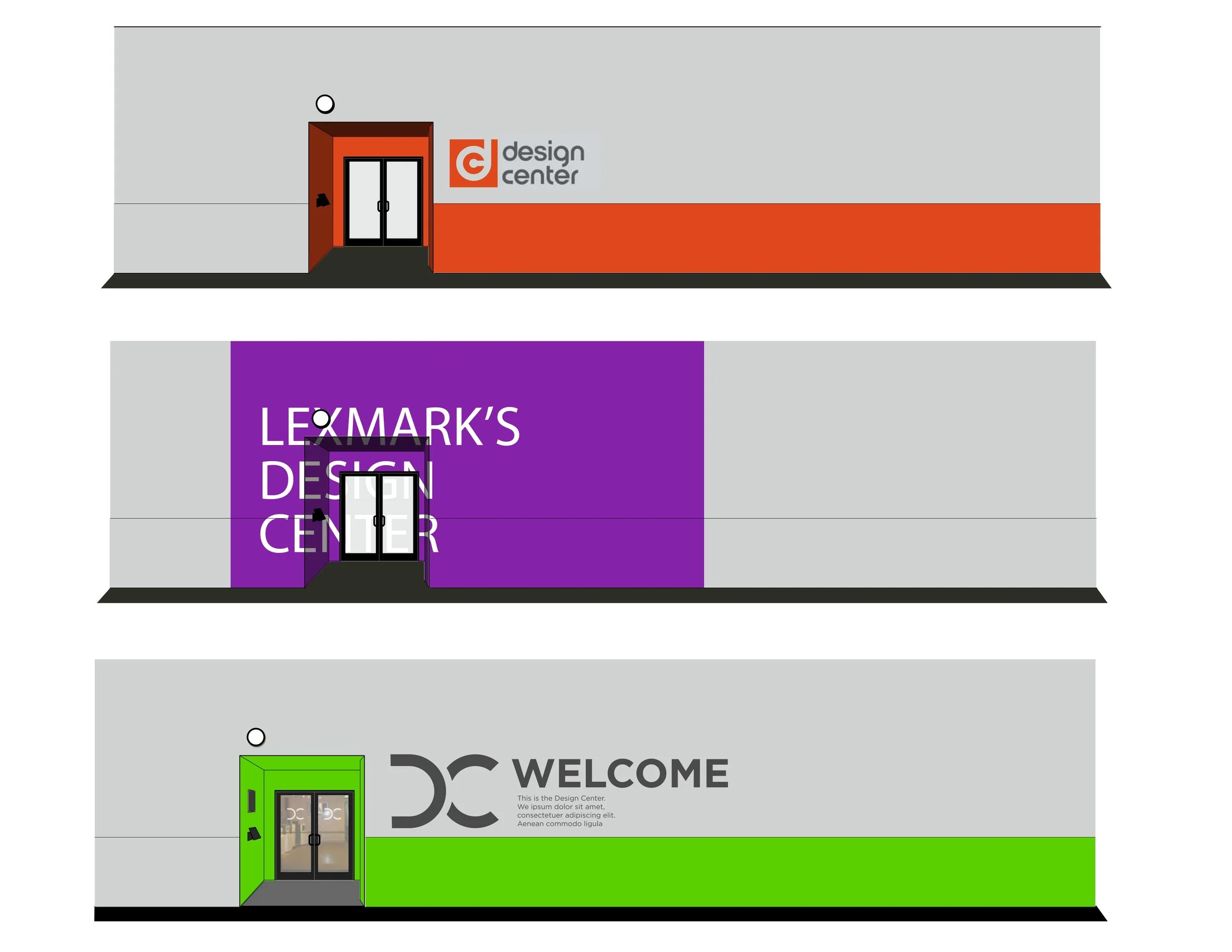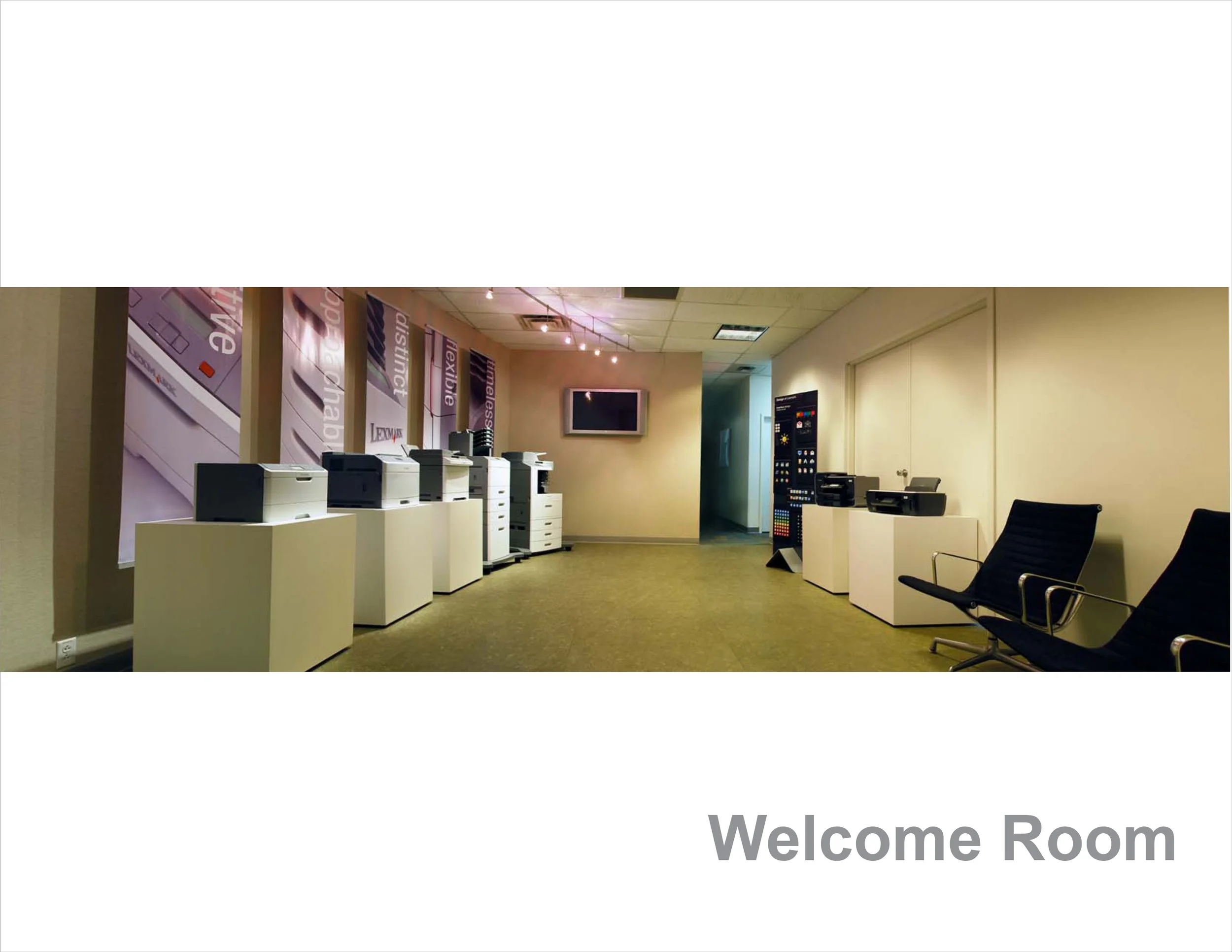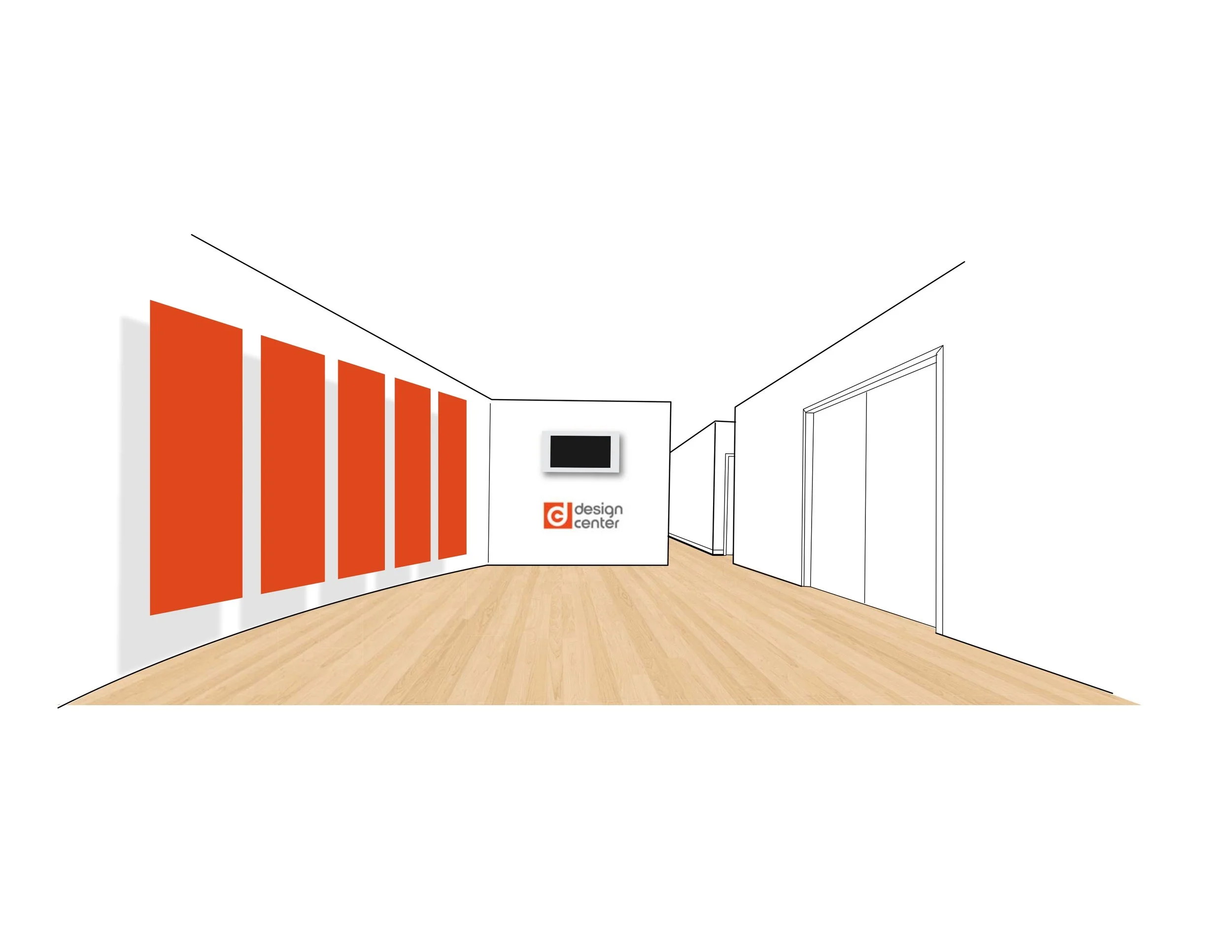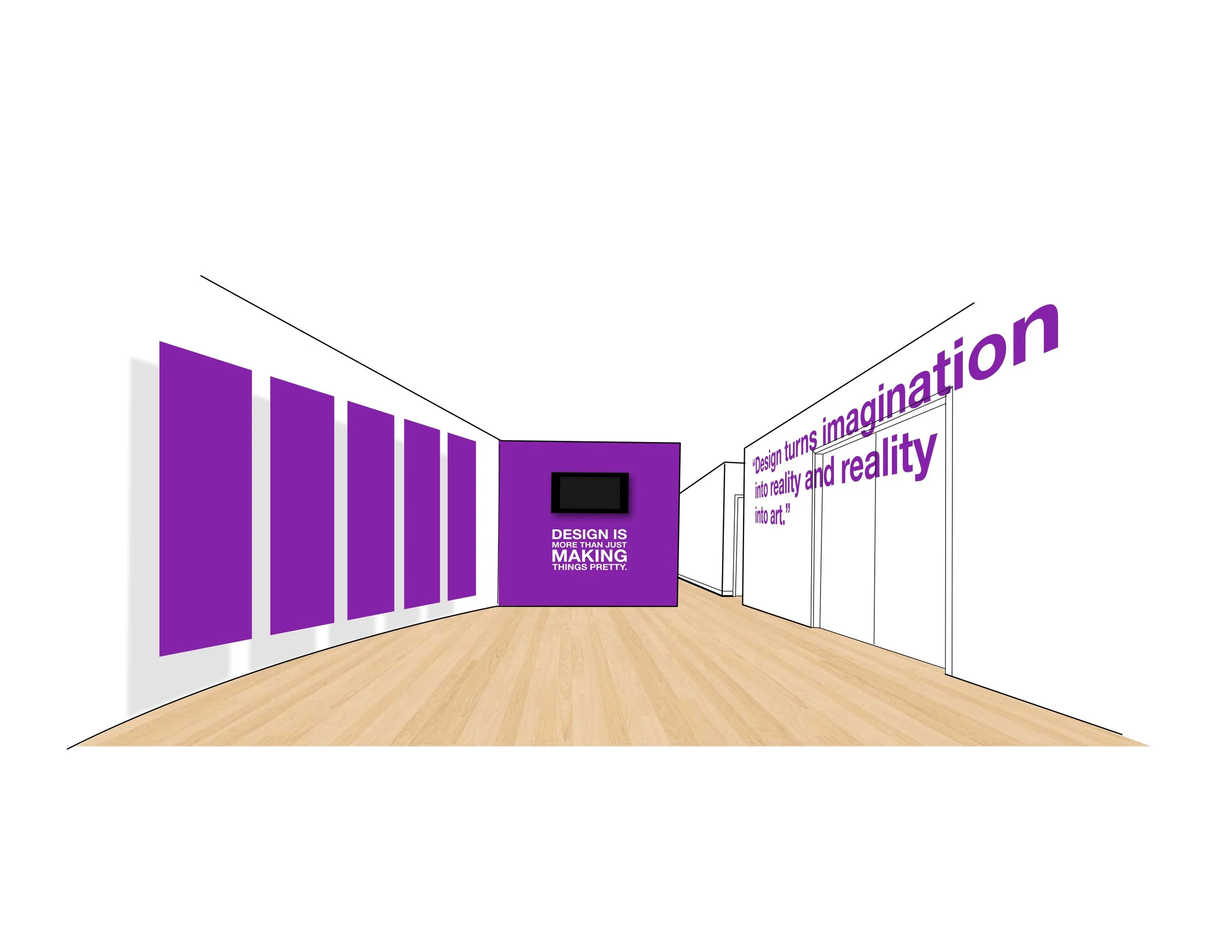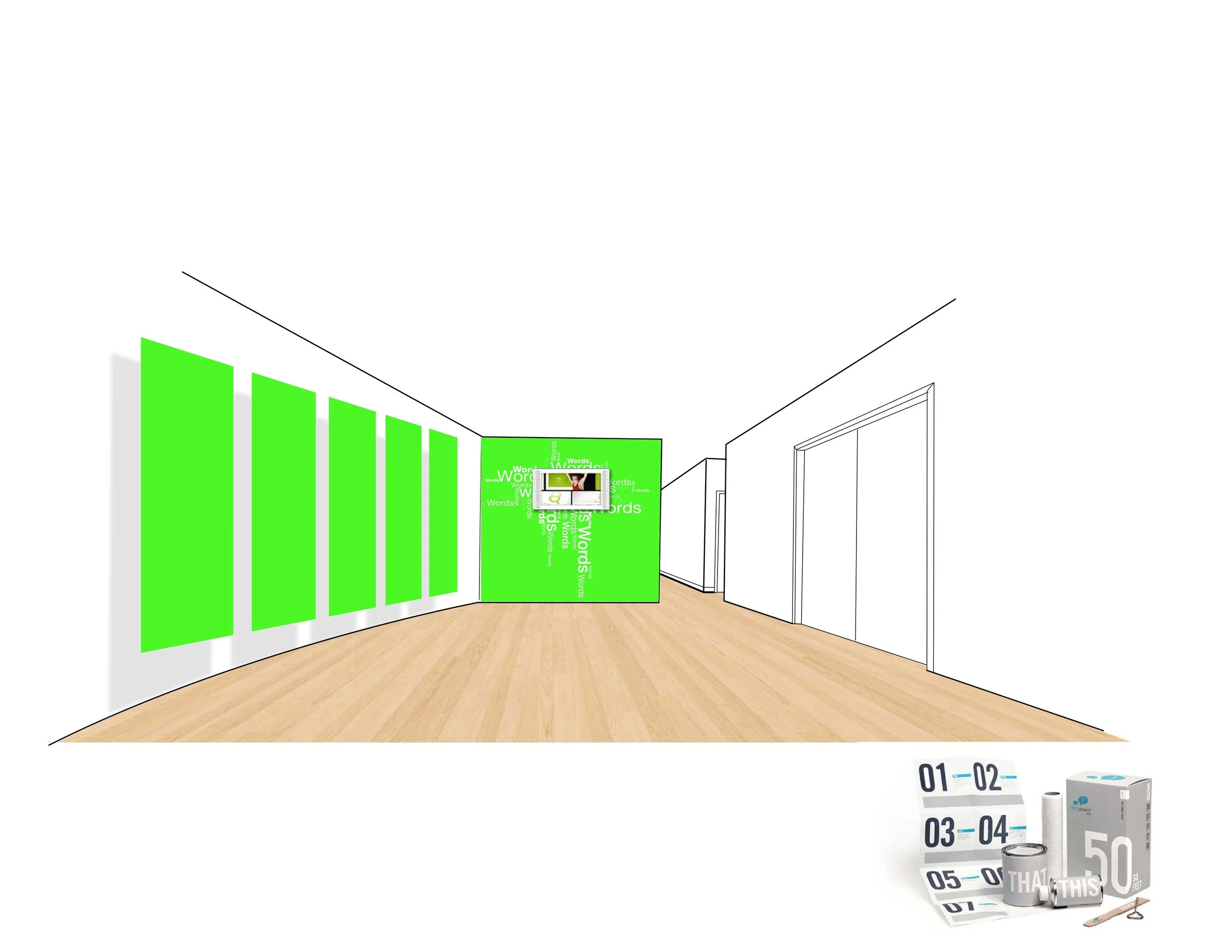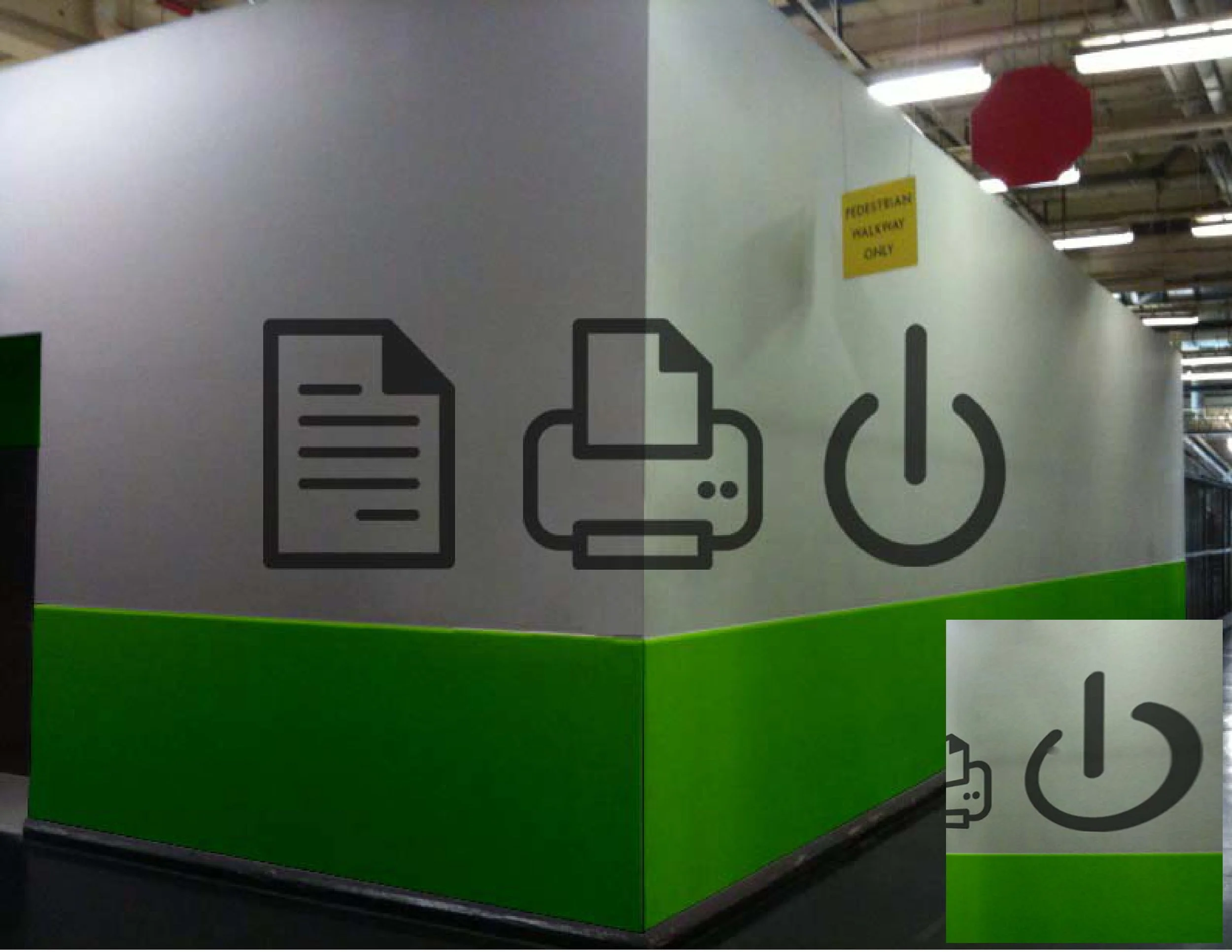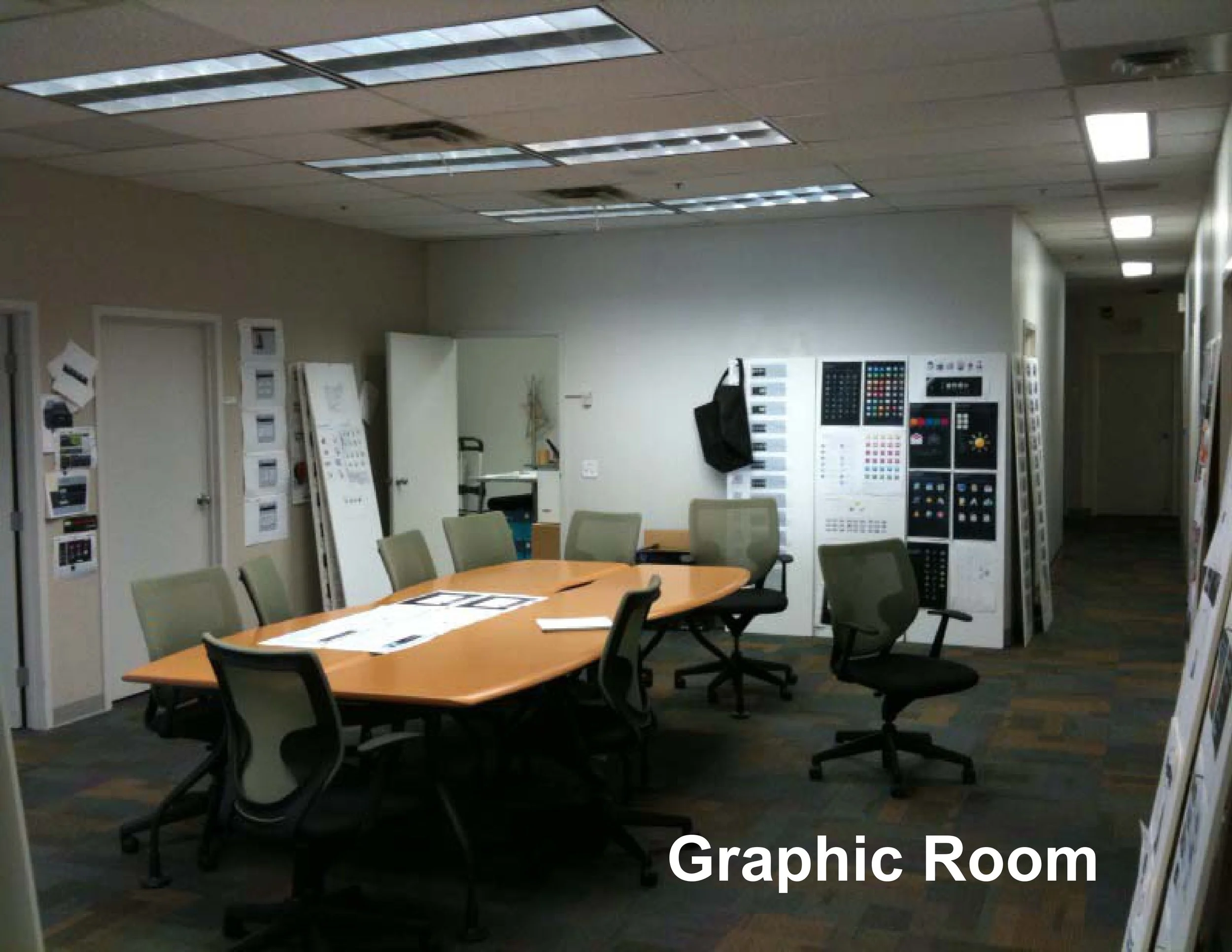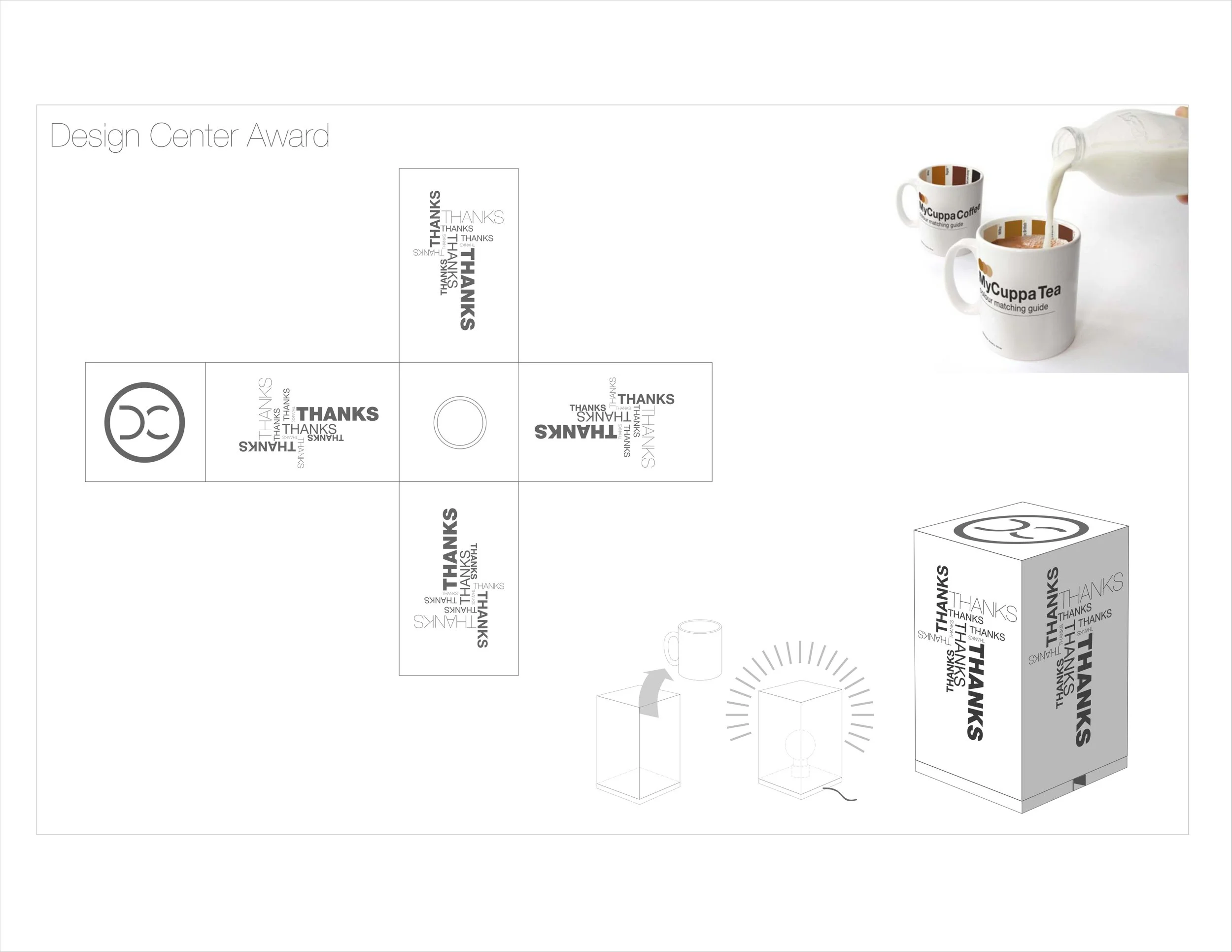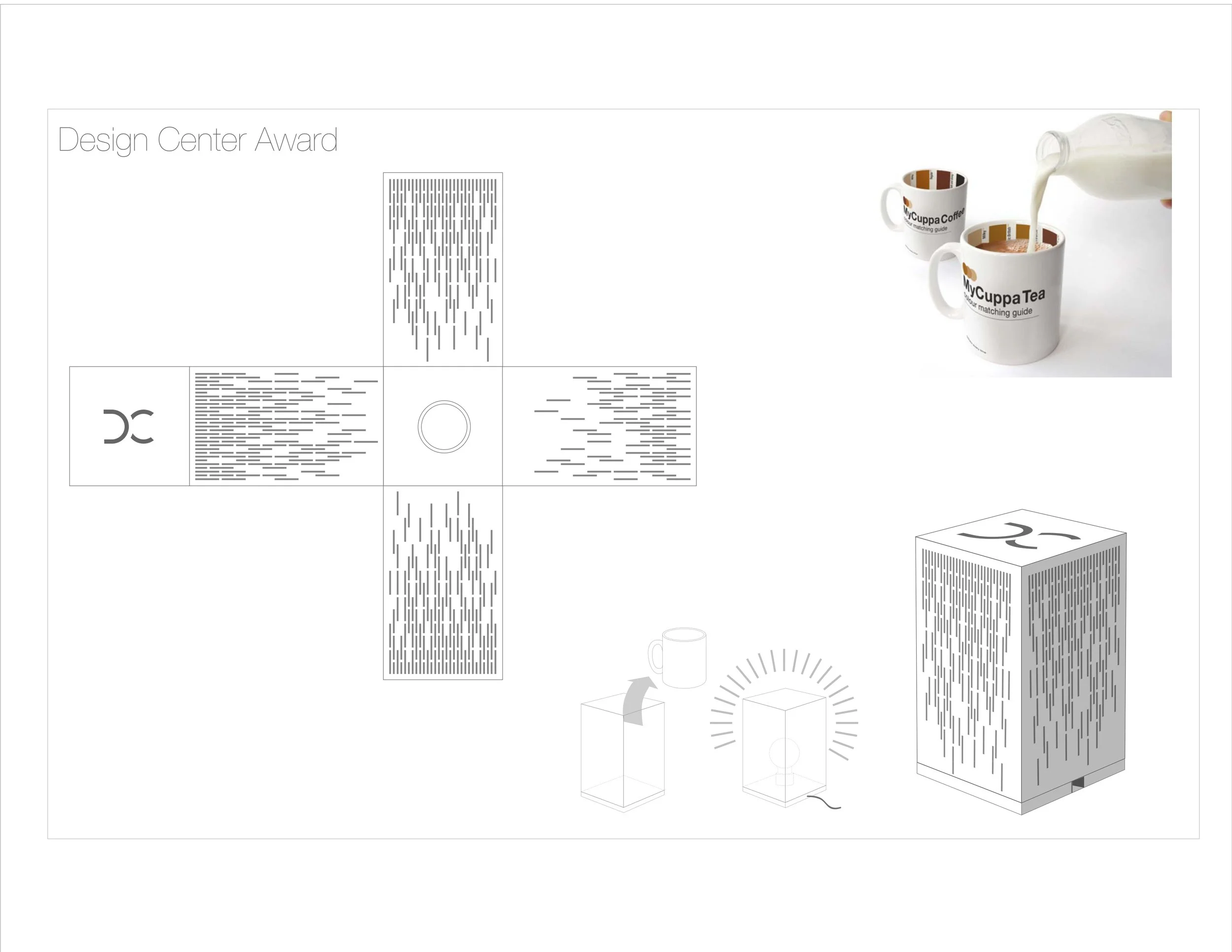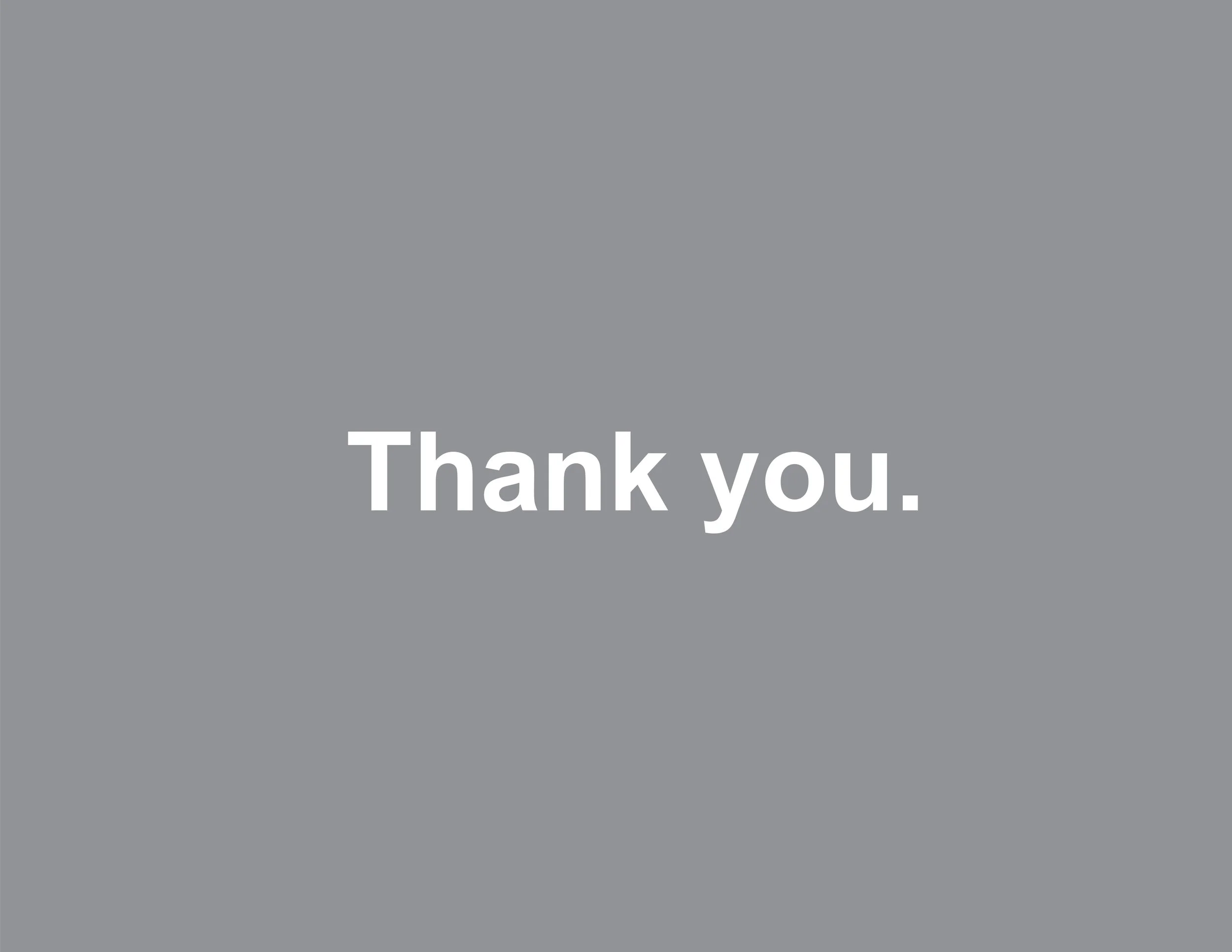
LEXMARK
FROM FOOTWEAR DESIGN TO INTERFACE DESIGN MANAGER
I moved from New Balance in Boston to be with my fiance in Lexington KY while she went to med school. One of the few design opportunities was with Lexmark, the printing company.
Switching from sneakers to printers was a rough transition both in product and culture; however, in my three years there, I repositioned Lexmark's Design Center team by restructuring the group and educating the executives on how to properly leverage internal design strengths, leading to multiple new design positions that helped the company become more independent from costly consulting groups, and captured an annual savings of $2M.
Some highlights below:
I proposed and implemented a division-wide program to develop a touch screen interface and web application that shifted Lexmark’s technology strategy, increased product marketability and led to innovation awards. CES Innovation award 2010.
I was able to lead an in-house design team while working with consultancies in the US and out-sourced partners in the Philippines and India to realize Lexmark’s new interface based strategy; launched the products in less than 18 months and earned an employee nominated “Make It Happen” Award.
And lastly, I helped design and launch a global employee innovation program that utilized an internal website, an innovation review board, and executive interaction; helping employees grow their ideas and circumventing organizational impediments.
TOUCH INTERFACE STRATEGY 2007
Initially hired to support the printing team, the SMB team needed some options for a potential interface, and I jumped at the opportunity to showcase what could be done with more modern interface example from refines touch panels with trackball and joystick navigation to full capacitive touch systems.
I’d loved working in Flash on the web and had taught a Flash class at Georgia Tech, so it was easy to not only create the screens for what I imagined the interface could be but I could also animate them and show how the interface could flow.
The touch interface removed an enormous number of moving and molded parts while creating a better and more usable experience by only showing the user what they needed at any given point with bright and beautiful icons. While still skeuomorphic in some cases, I liked the iconography and flat look we used below in 2007 that was, for it’s time, bright and beautiful while communicative enough for even some of our more un-savvy tech users.
INTERFACE 3D SHOWCASE
Part of the touch interface initiative was to show a more modern printer line up in the presentation, seen below, that unified the look and feel of the Lexmark printers into one cohesive look/feel and interface family. The simple extruded U design with the piano black was
These were only meant to serve as hero pieces to showcase the interface potential; however, they would serve as lasting influence for the future ink jet lines.
DESIGN CENTER REIMAGINIGN
Lexmark had an award winning design center with award some incredible designers, but the direct and upper leadership had let the design group become an ignore, tertiary, support group for the rest of the business. The entryway, the hallways, and the meeting rooms were antiquated brown and poorly lit examples of 90’s expression.
The reimagining presentation set out to show what the DC(Design Center) was and what it could be with some small changes. The goal was to invigorate not only the design center branding but also environment and internal spaces where we worked. Adam Kuhn, who would later move on to be partner and creative director with Bullhorn led the design process.
We moved to change the logo, the business cards, the signage, the entrance and local areas for the Design Center as well as create a “Design Center Award” to be given to those at Lexmark that provided significant help or guidance to the DC.
PARTING THOUGHTS ON LEXMARK
Lexmark was an opportunity to jump into a role in a fading design environment and bolster not only the product line but also the Design Center itself. While employed, I was able to grow the team of graphic designers while aligning the brand disparate brand messaging across the design and marketing teams. Additionally, I made it a mission to convey the strengths of an internal design team and reduced our consultant spending by $2MM a year.
After the rebranding initiative at New Balance, and the more managerial and mission centric role at Lexmark, I wanted to broaden my perspective and opportunities. My next home was in Ann Arbor to get my MBA
